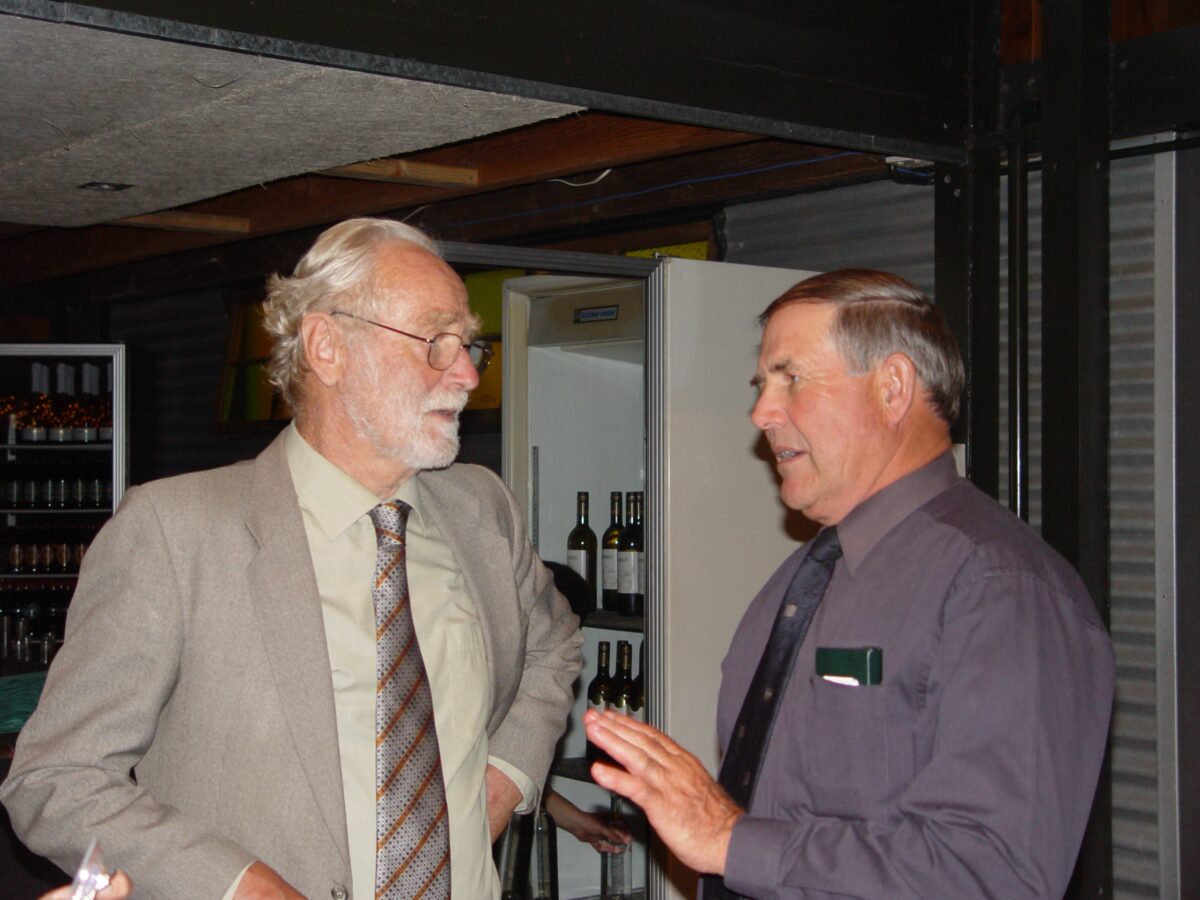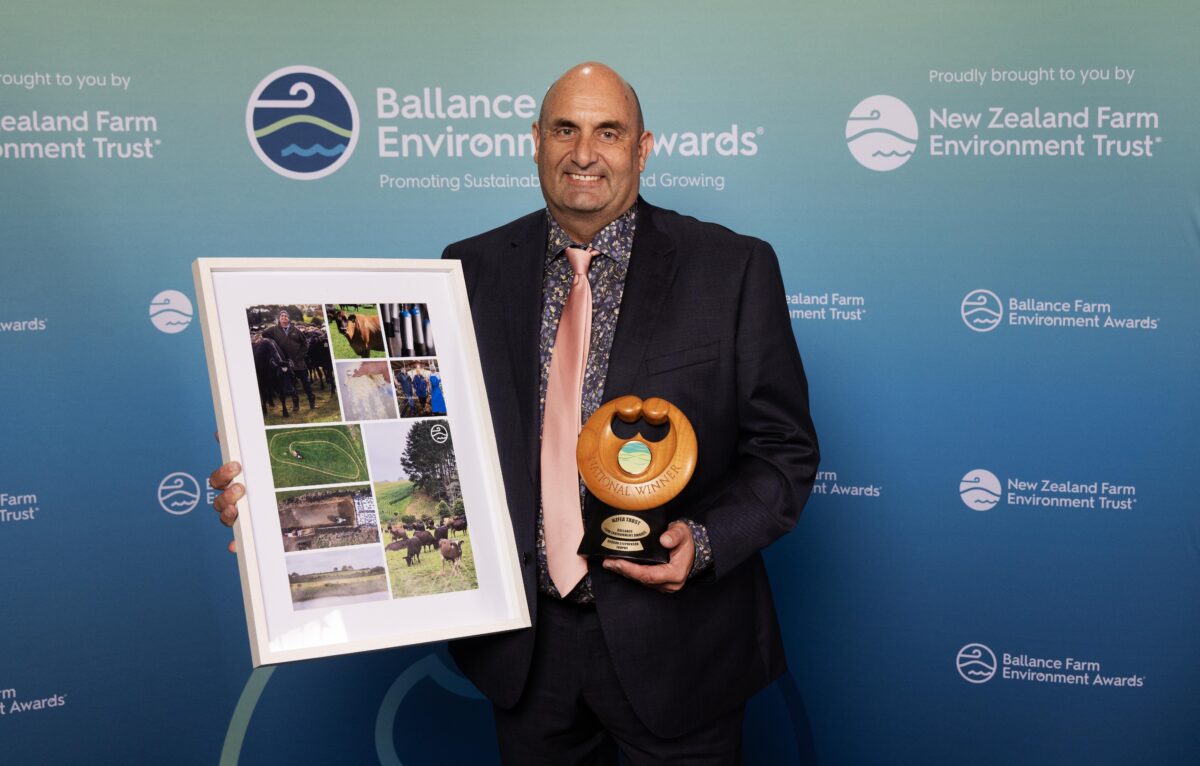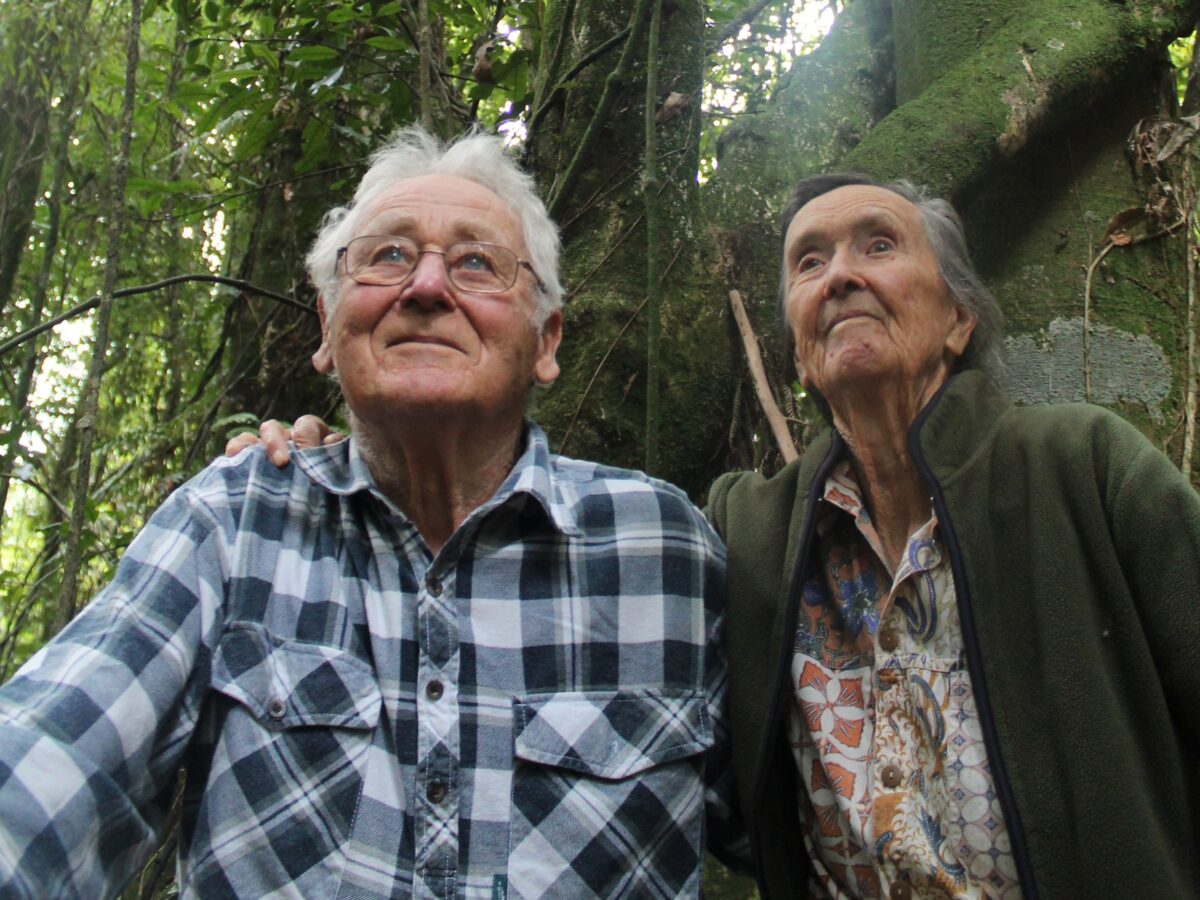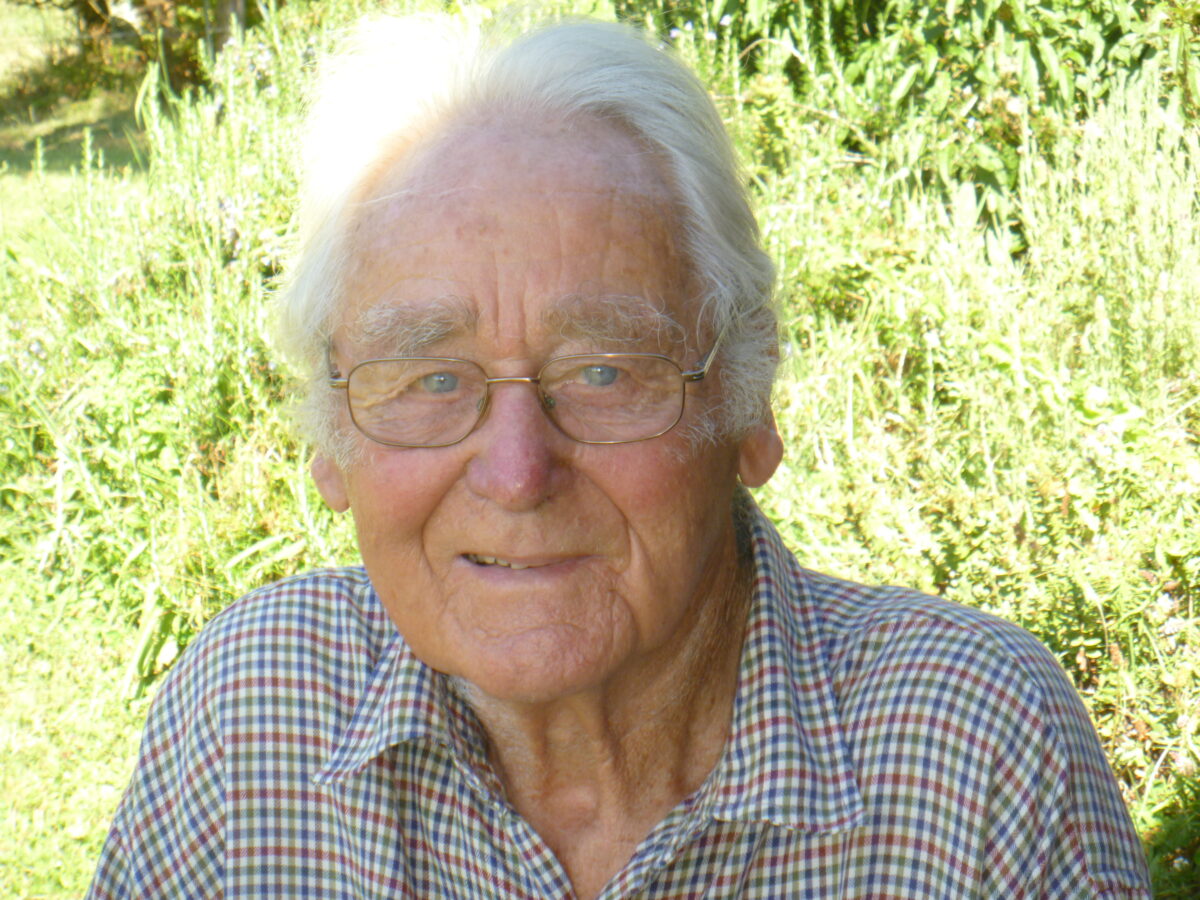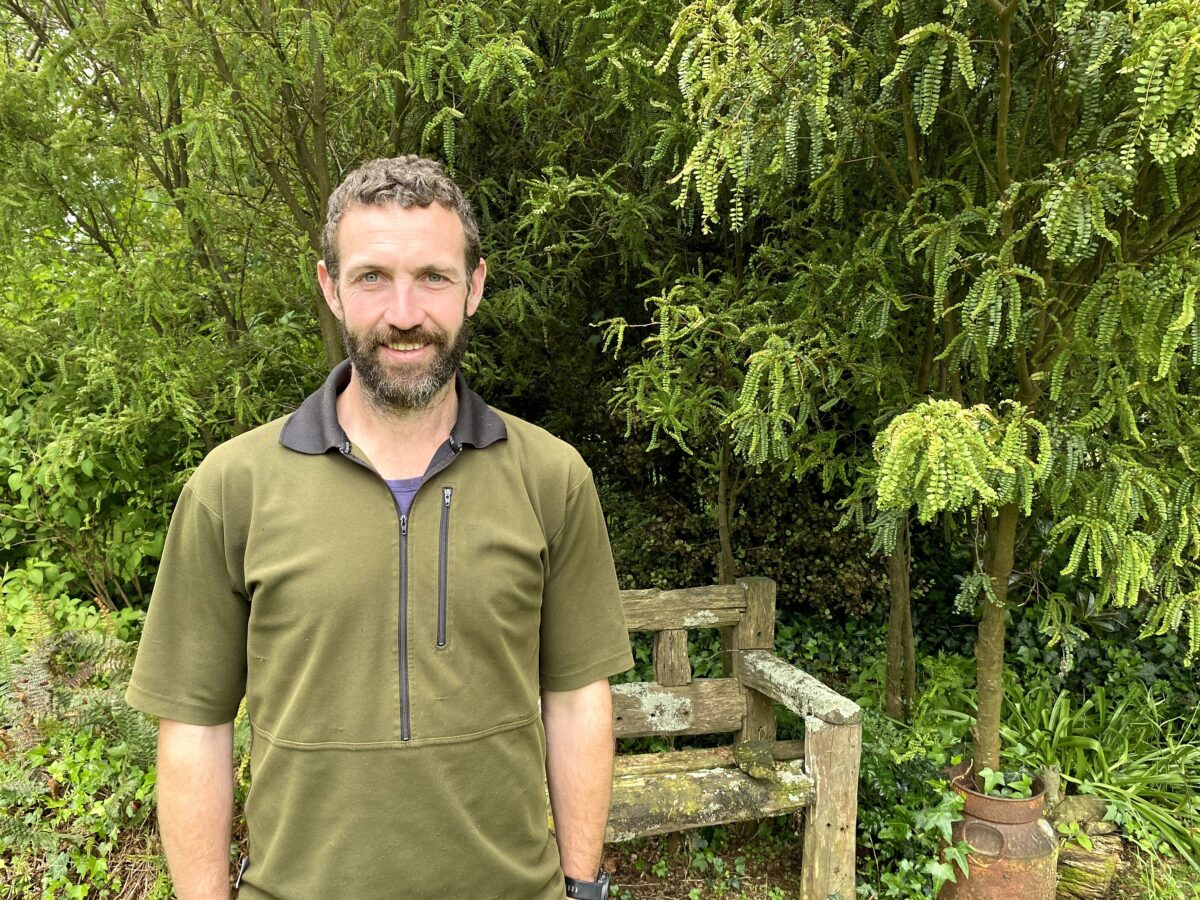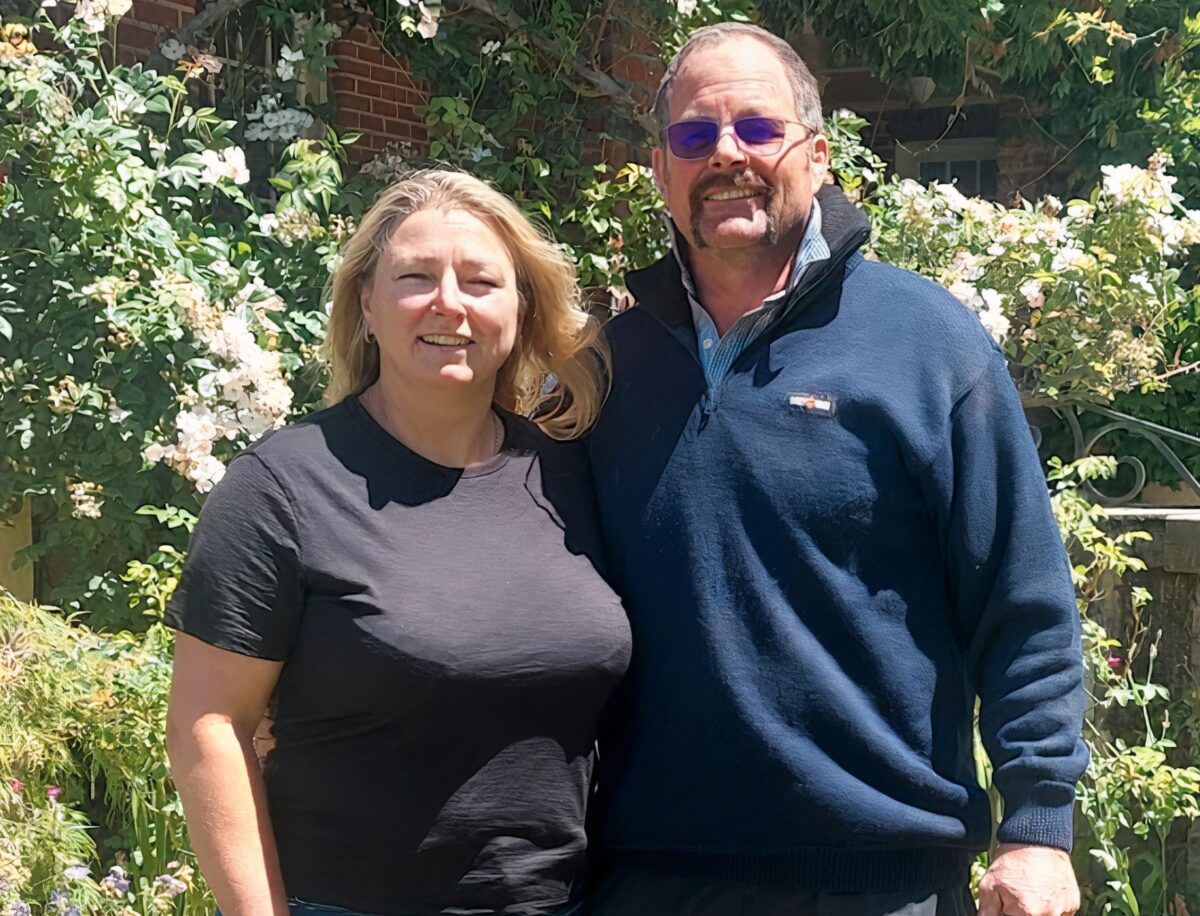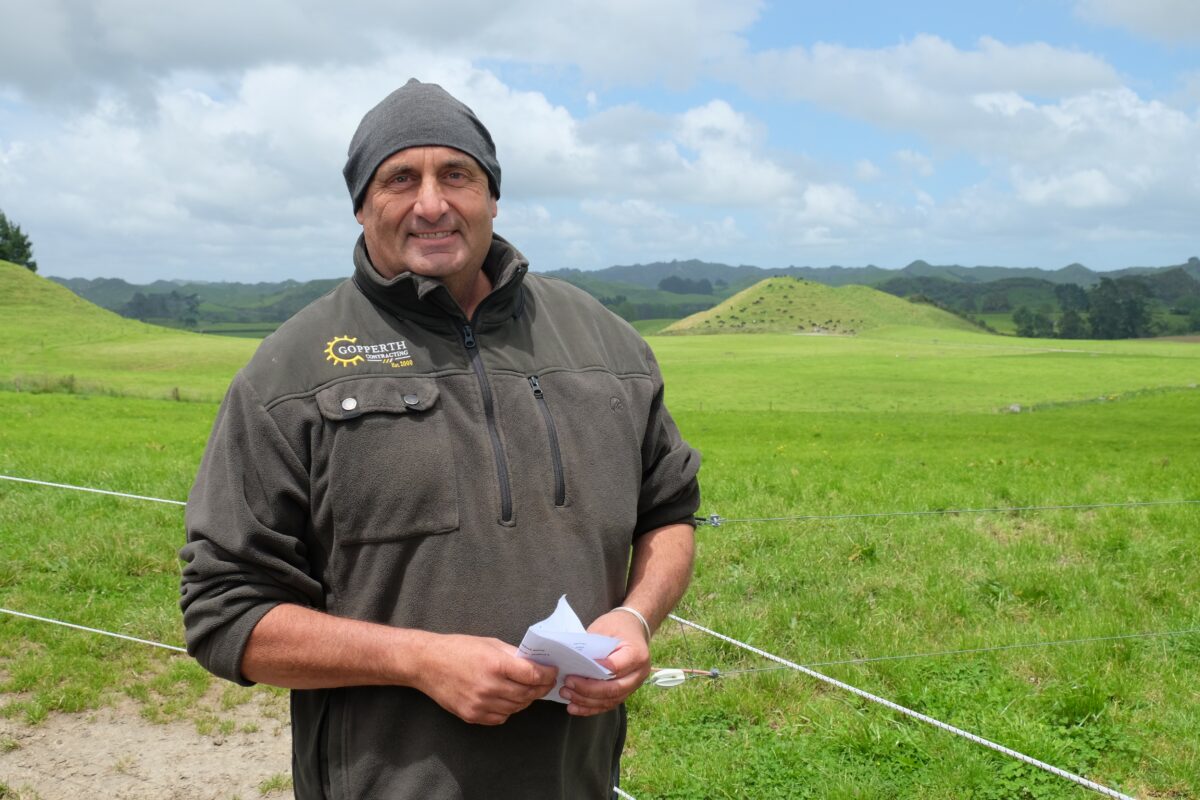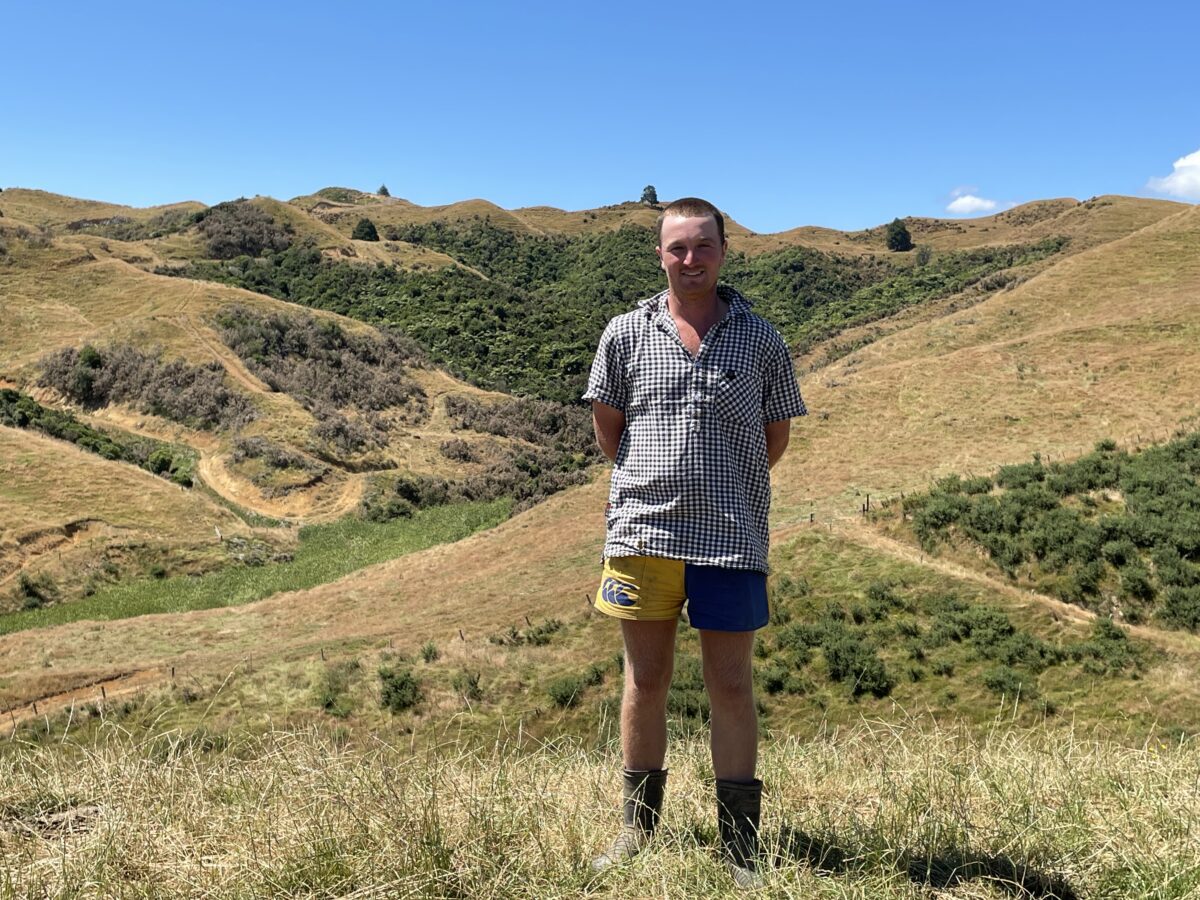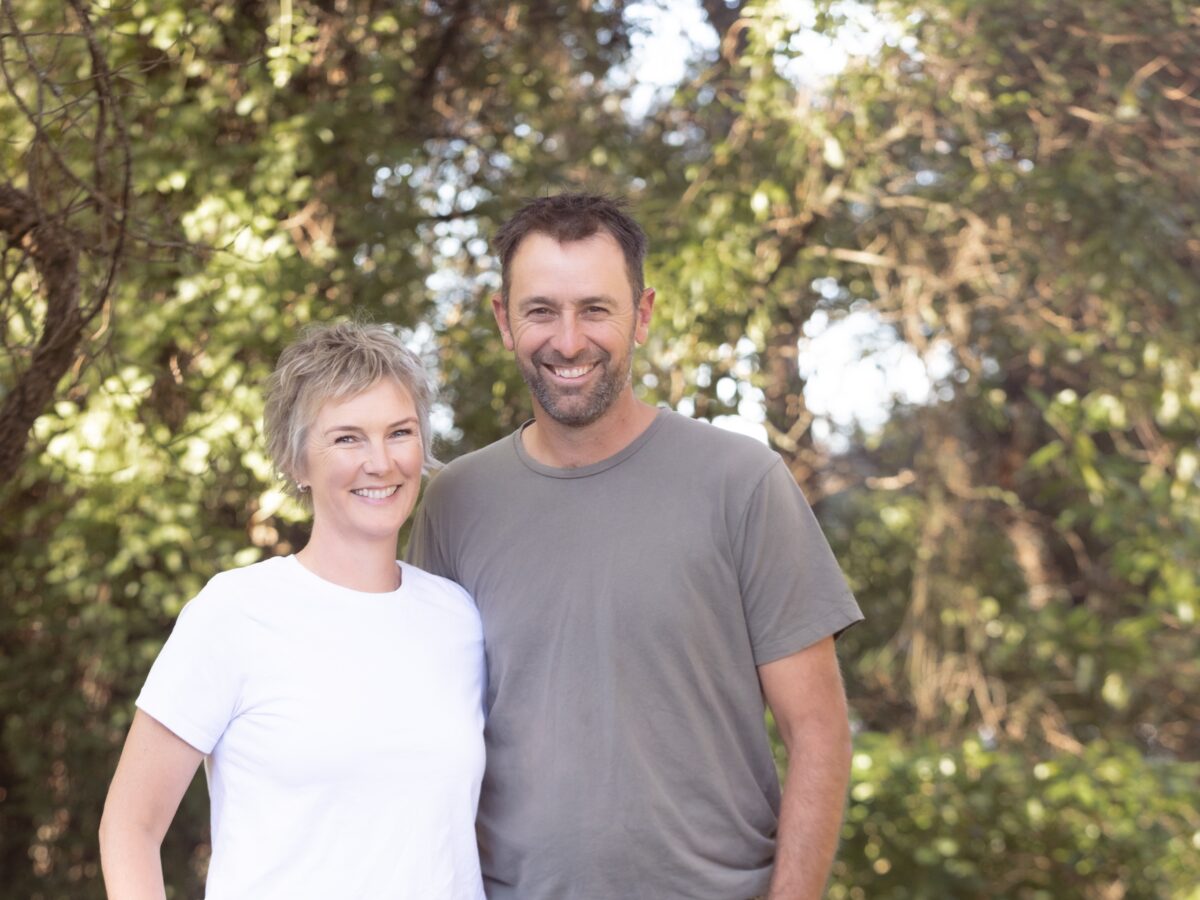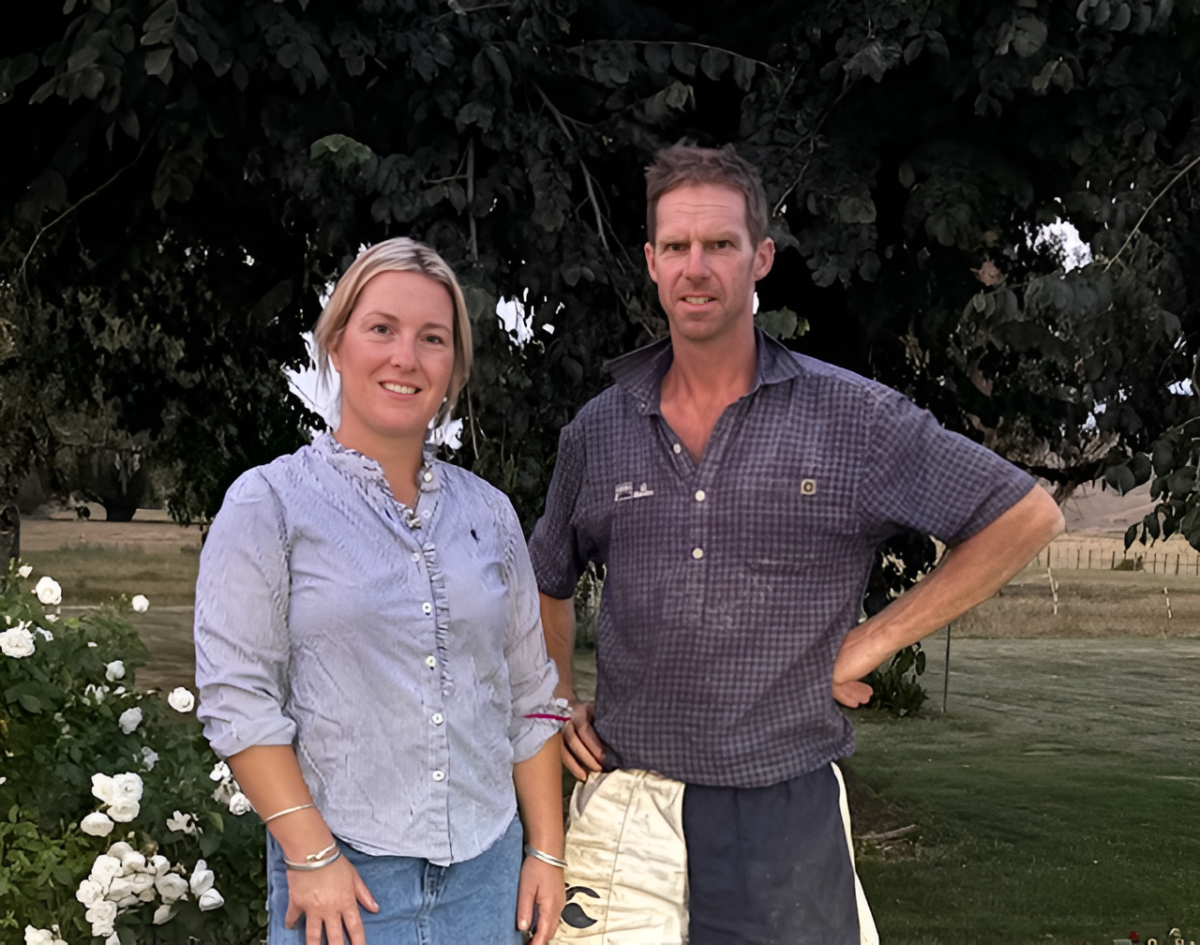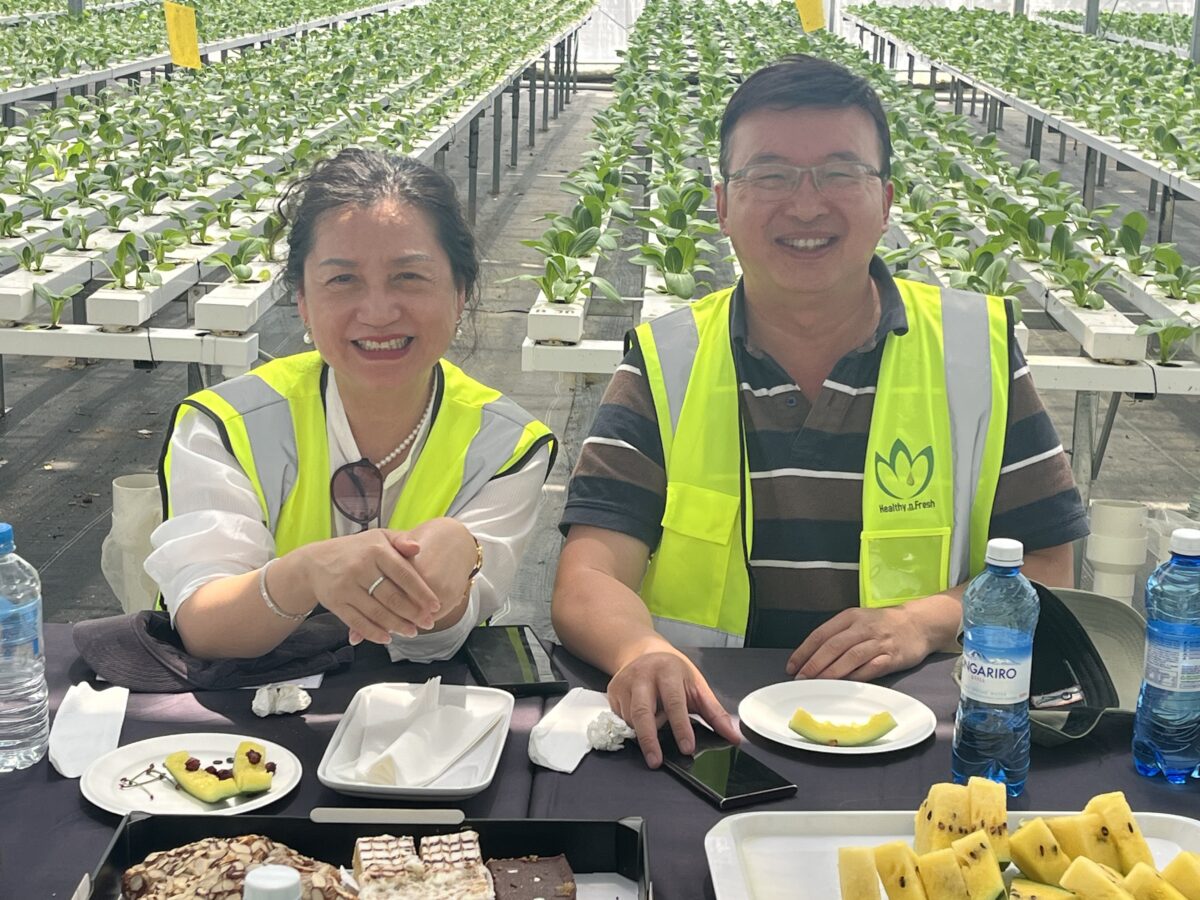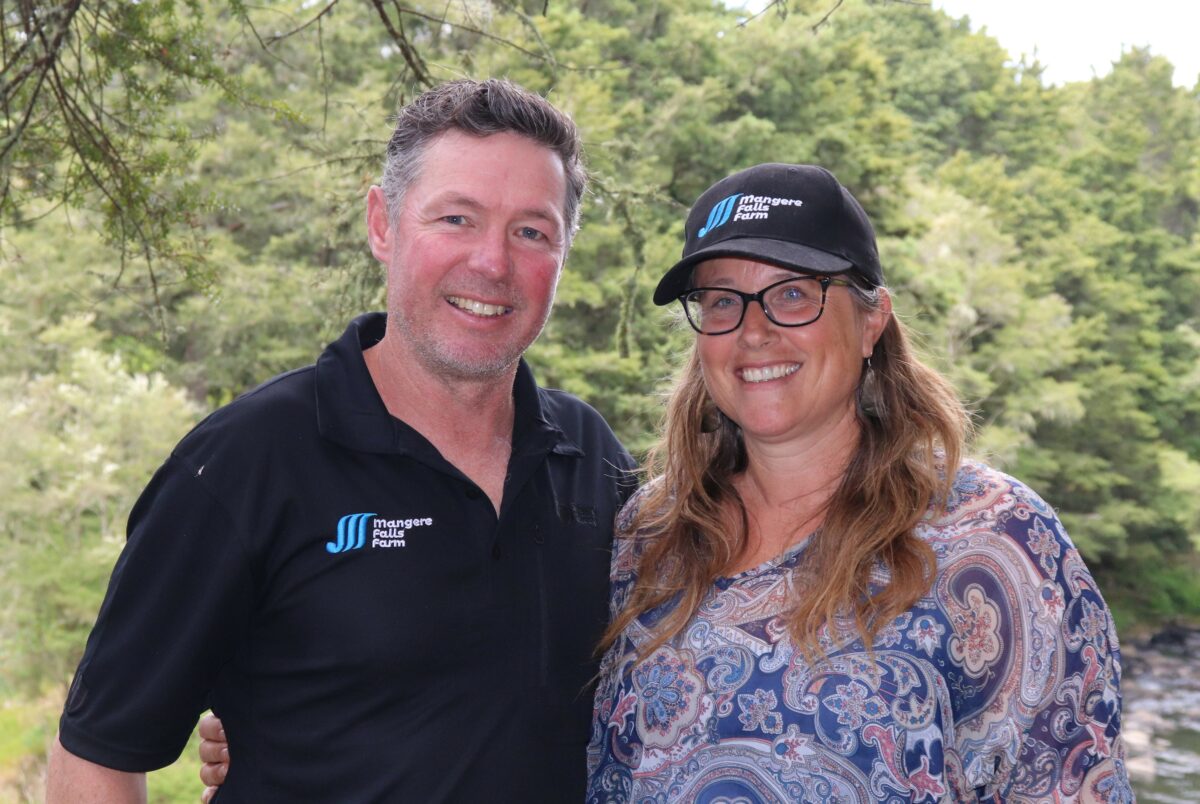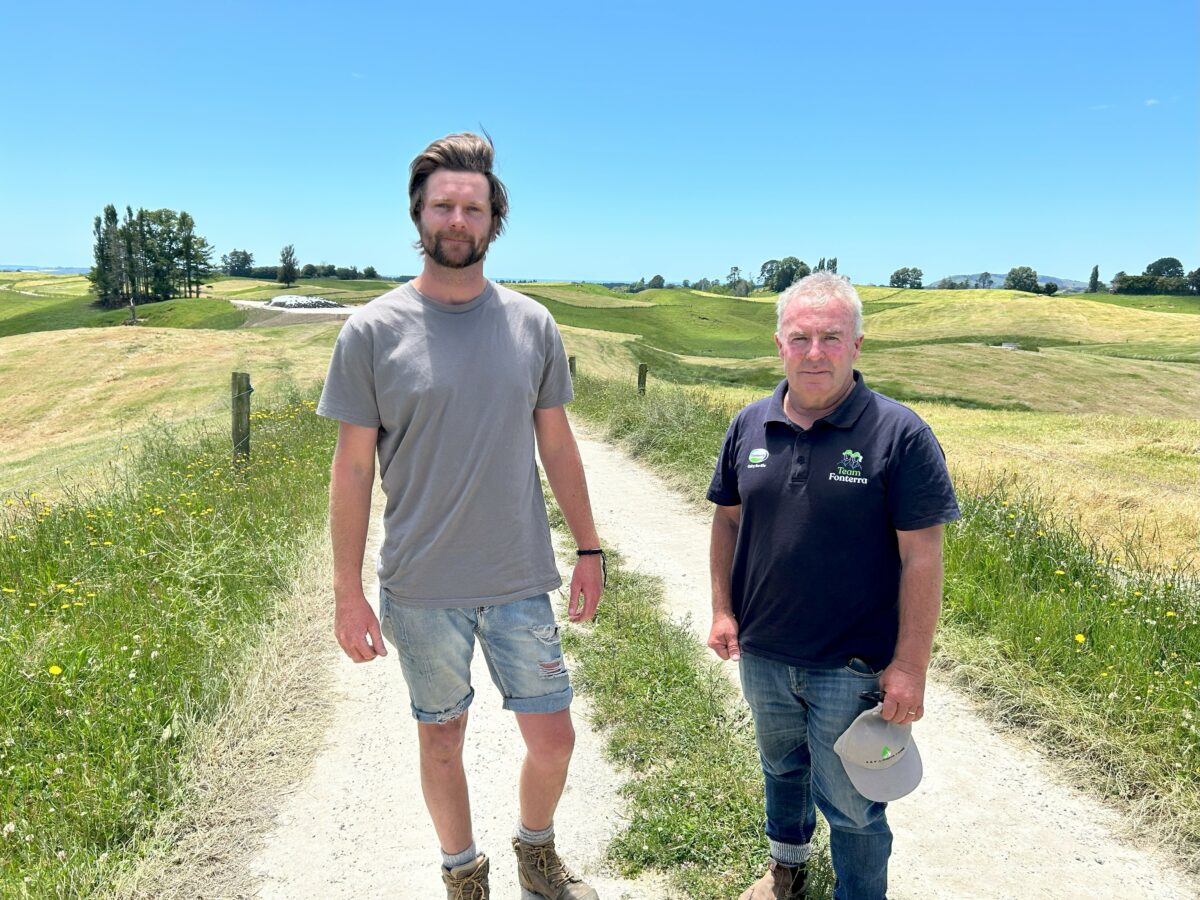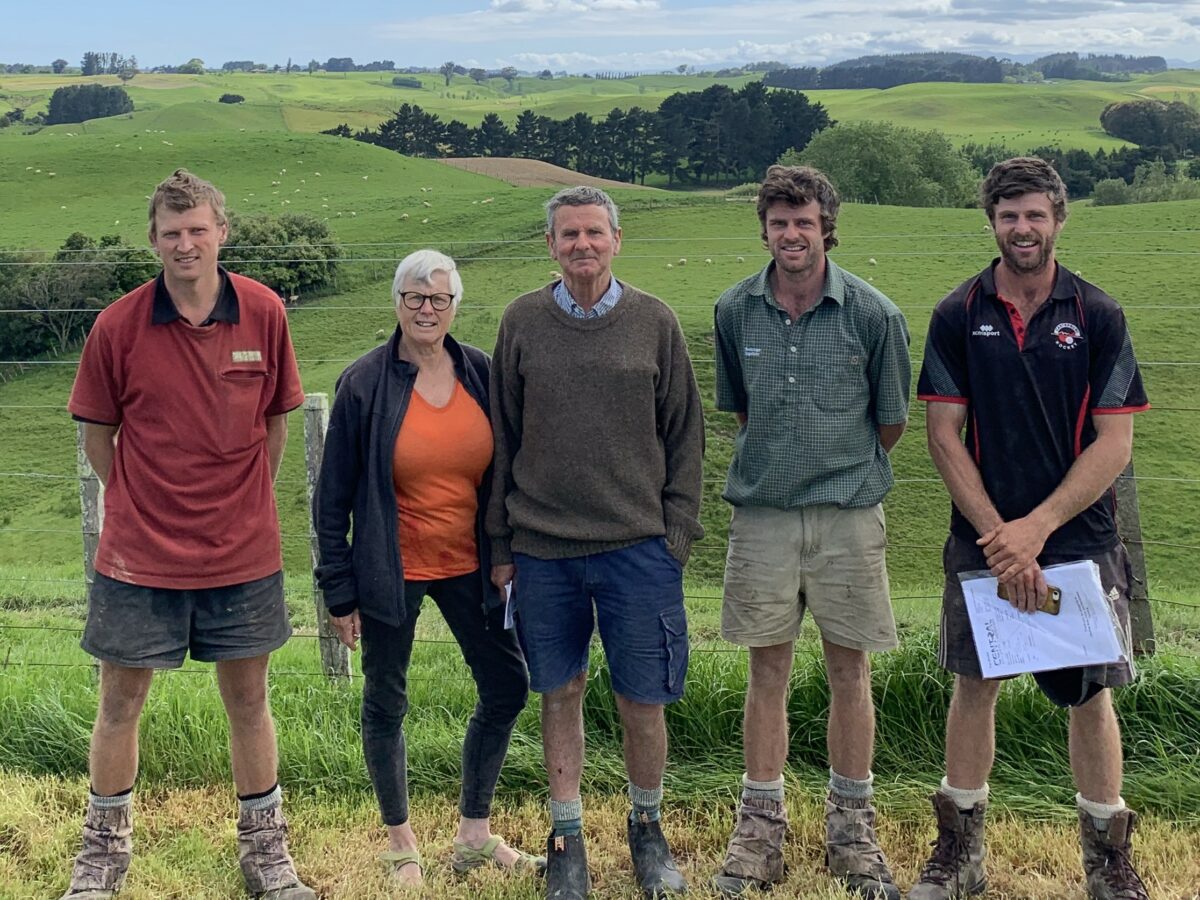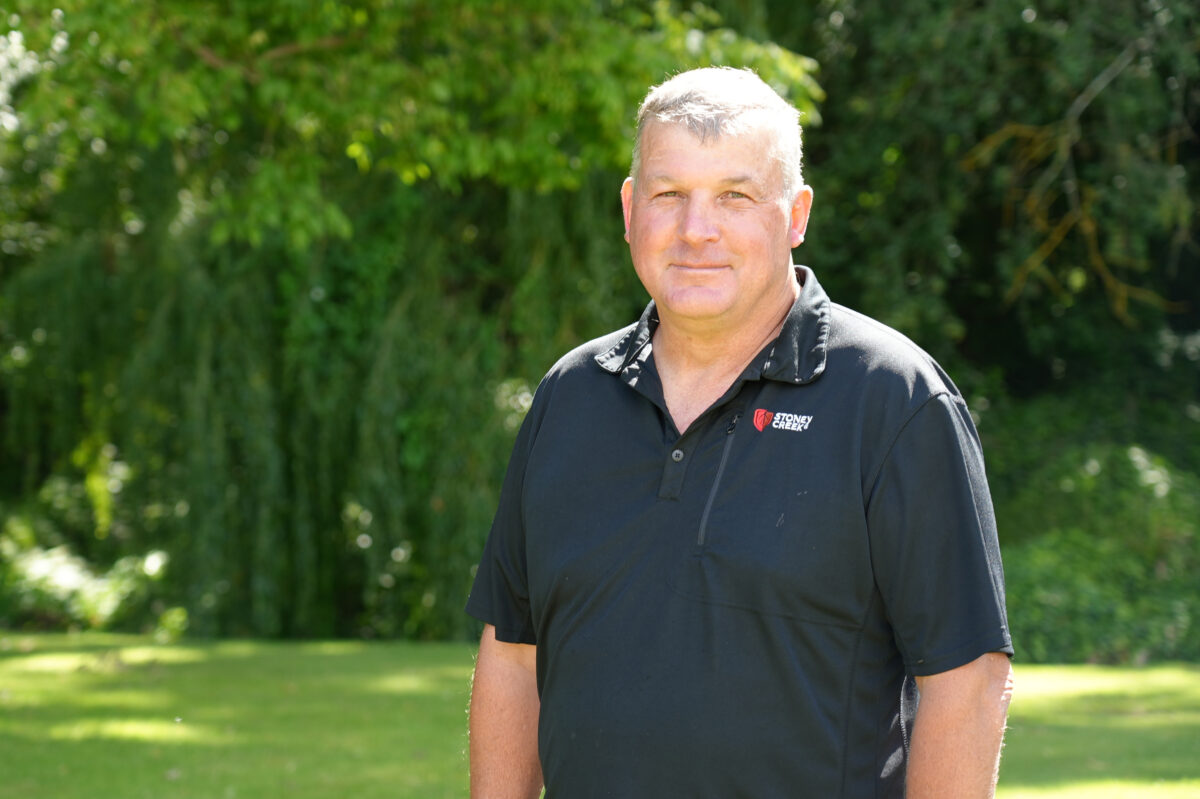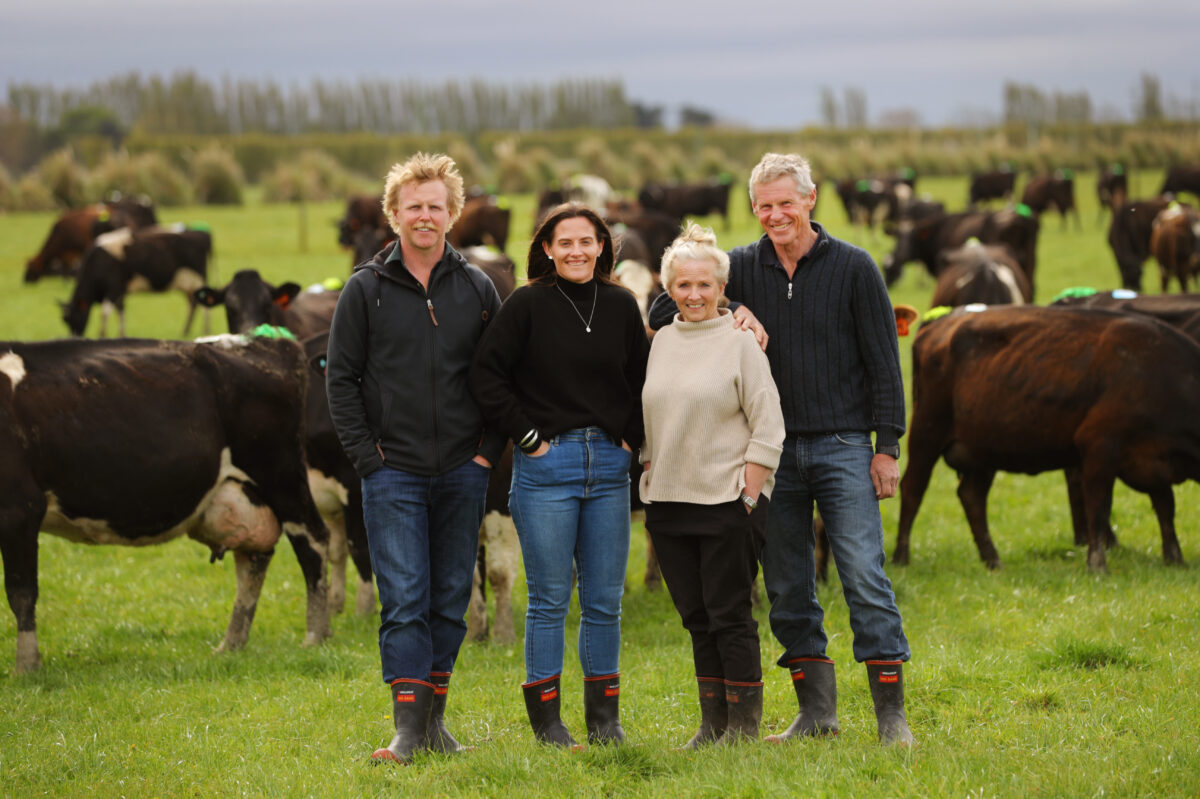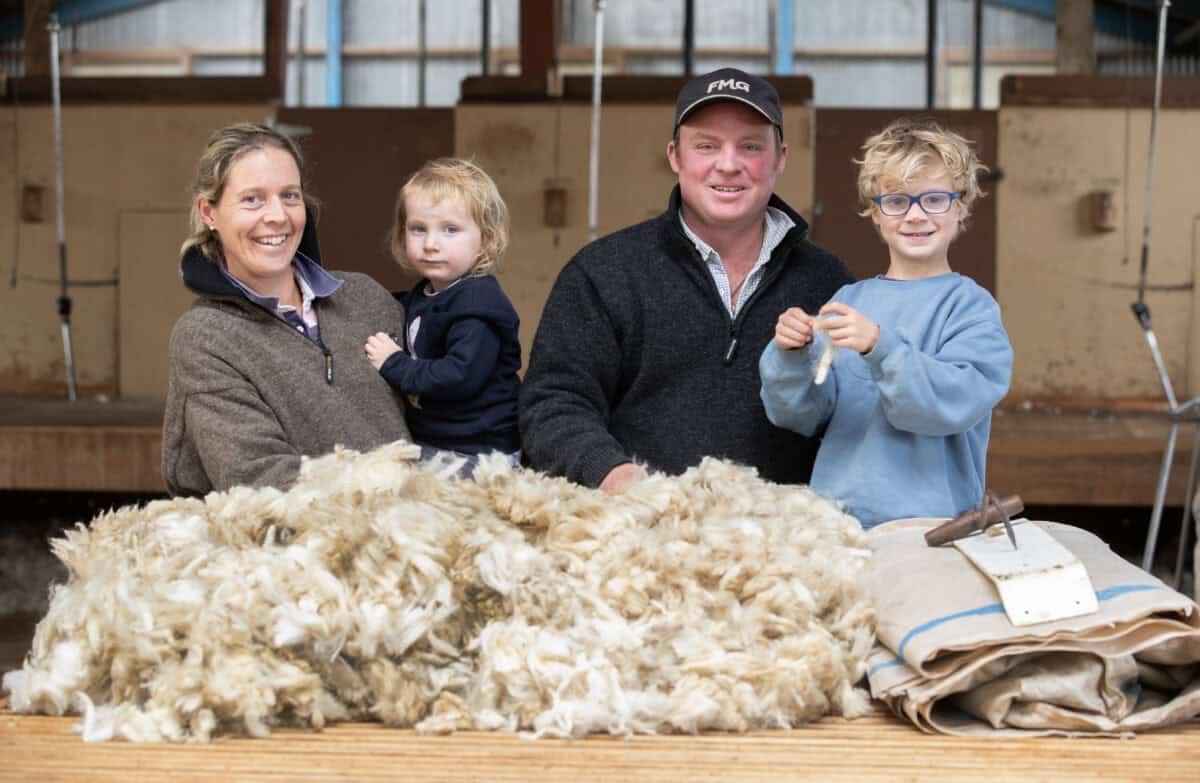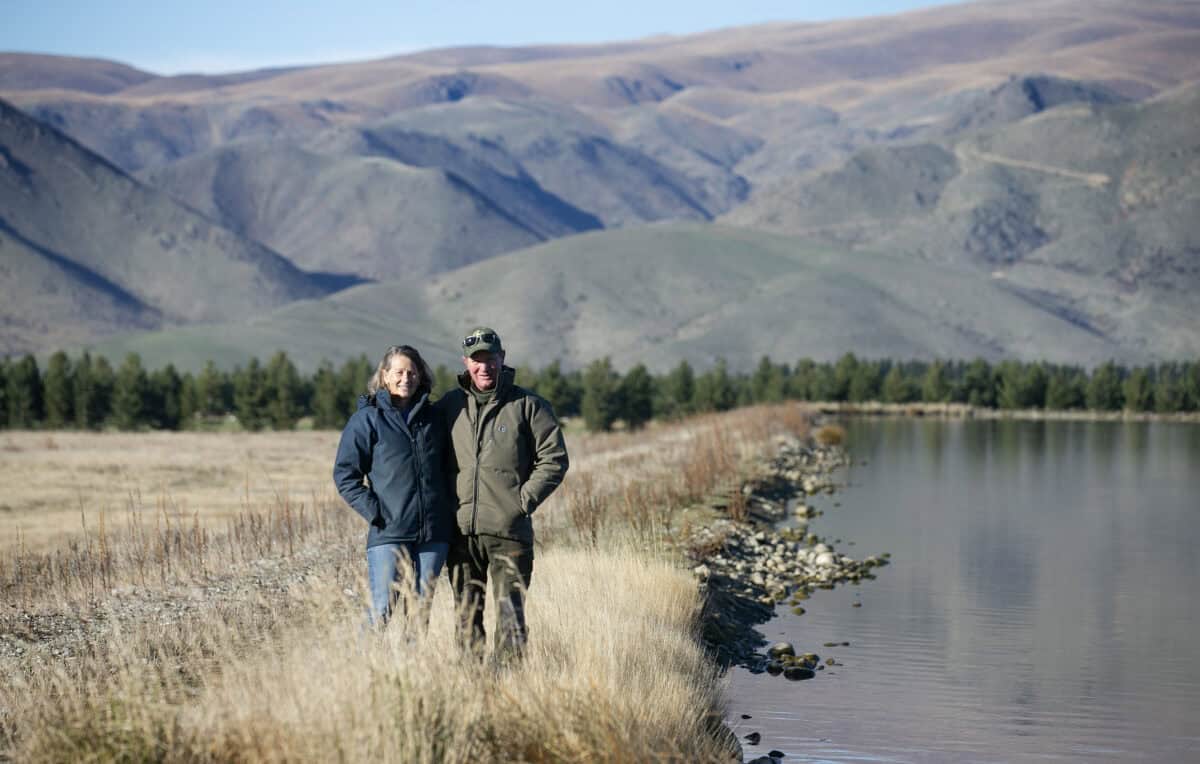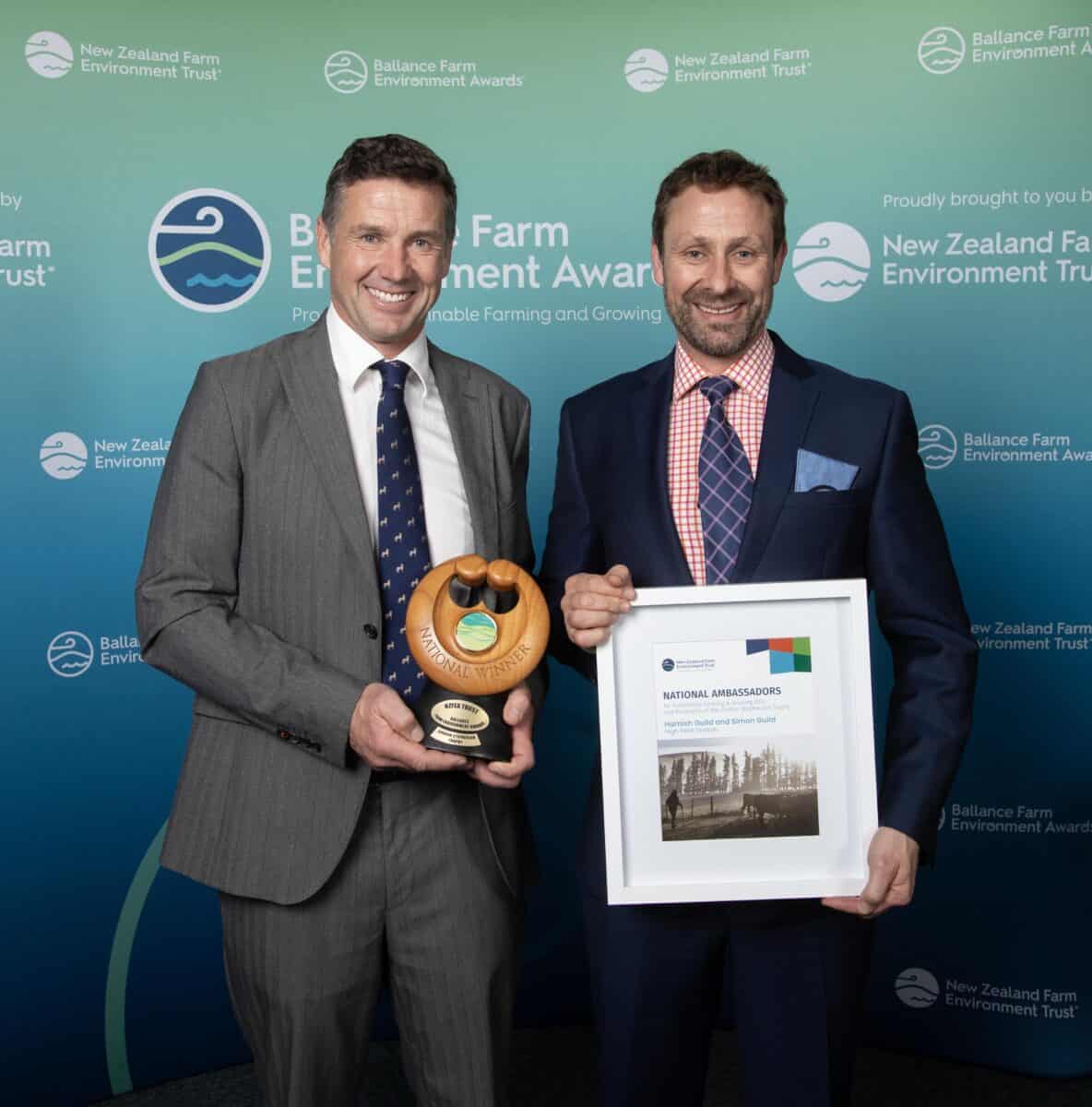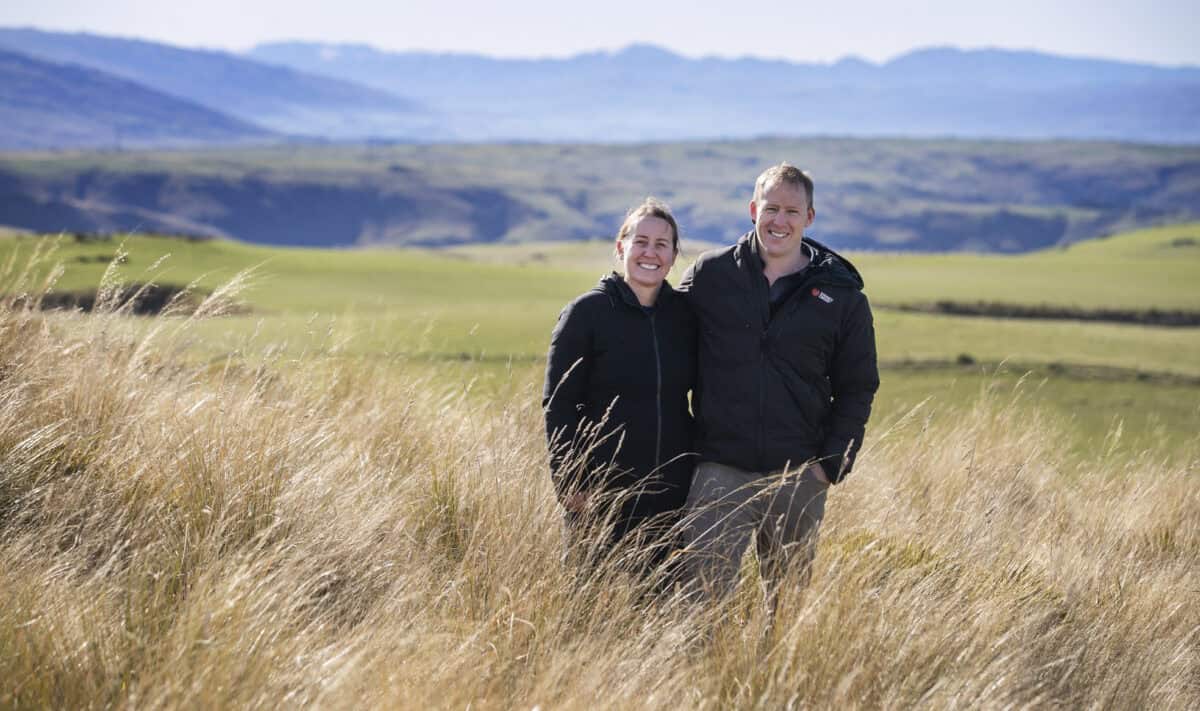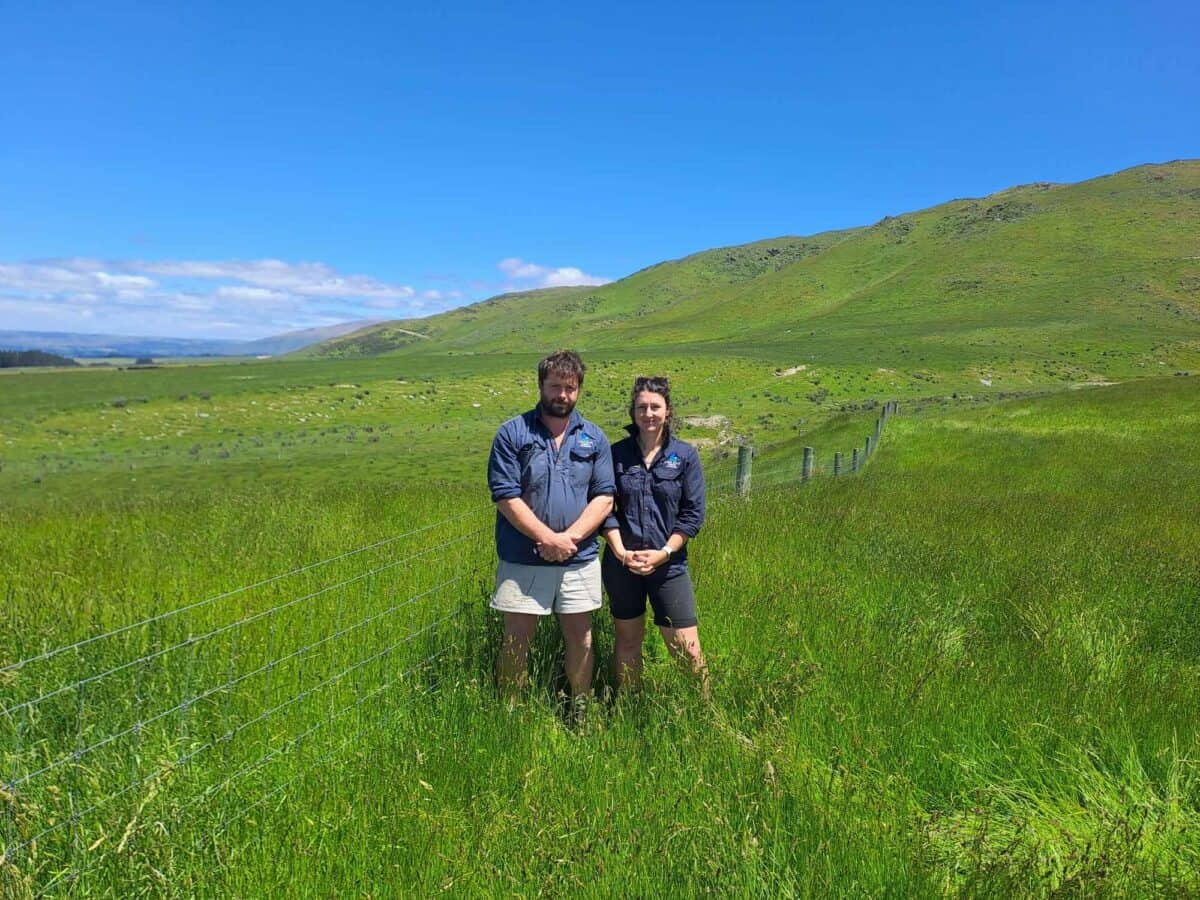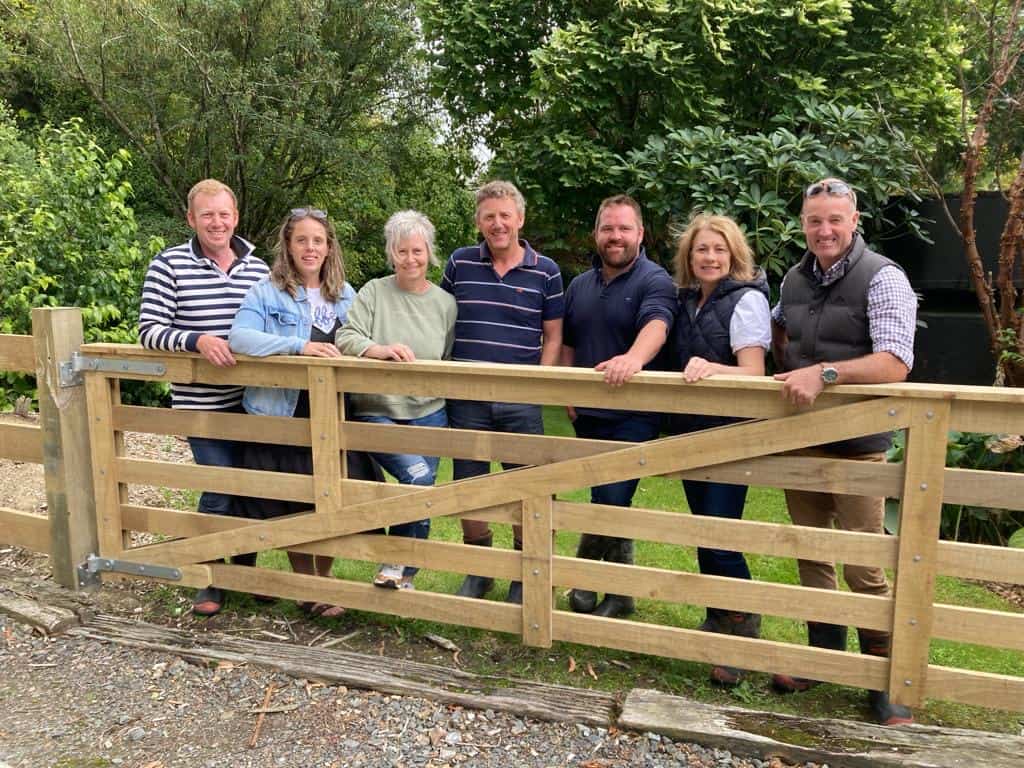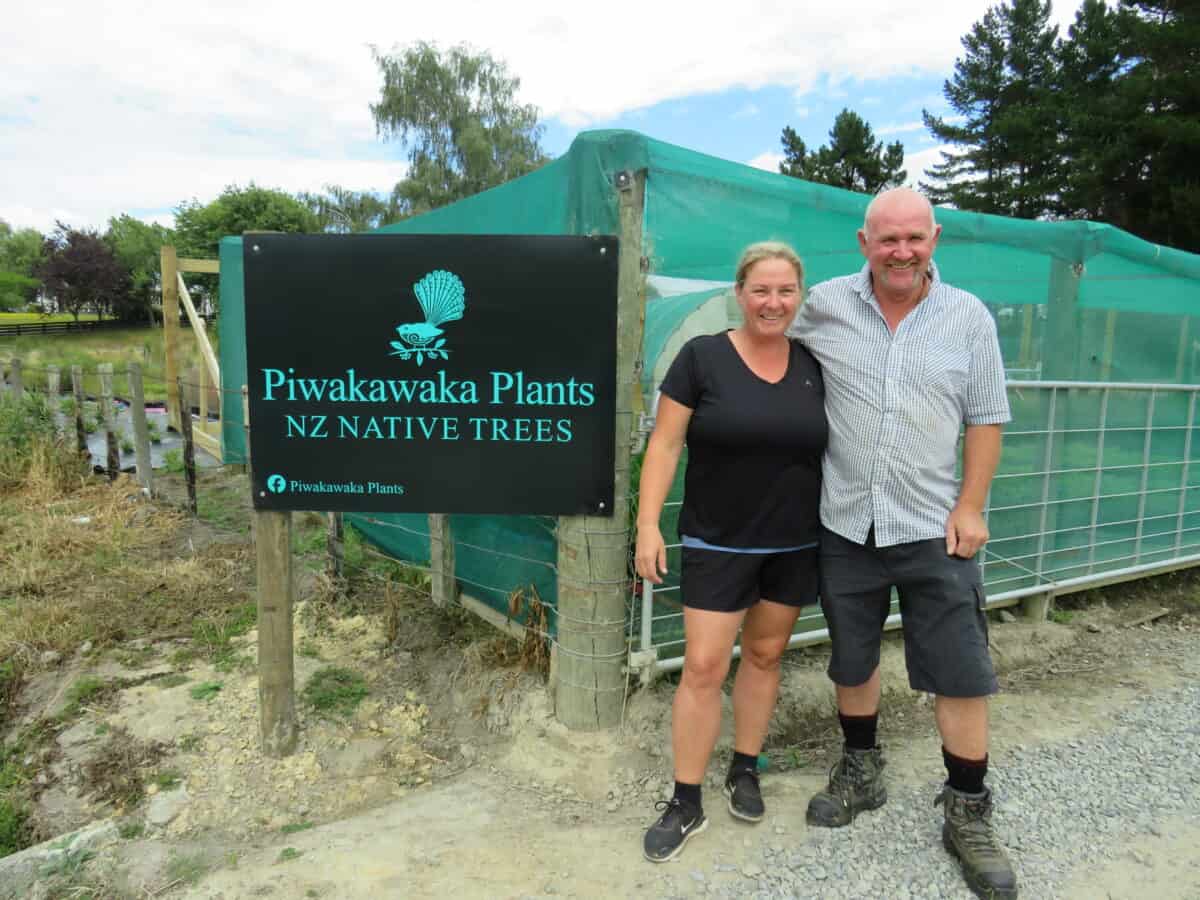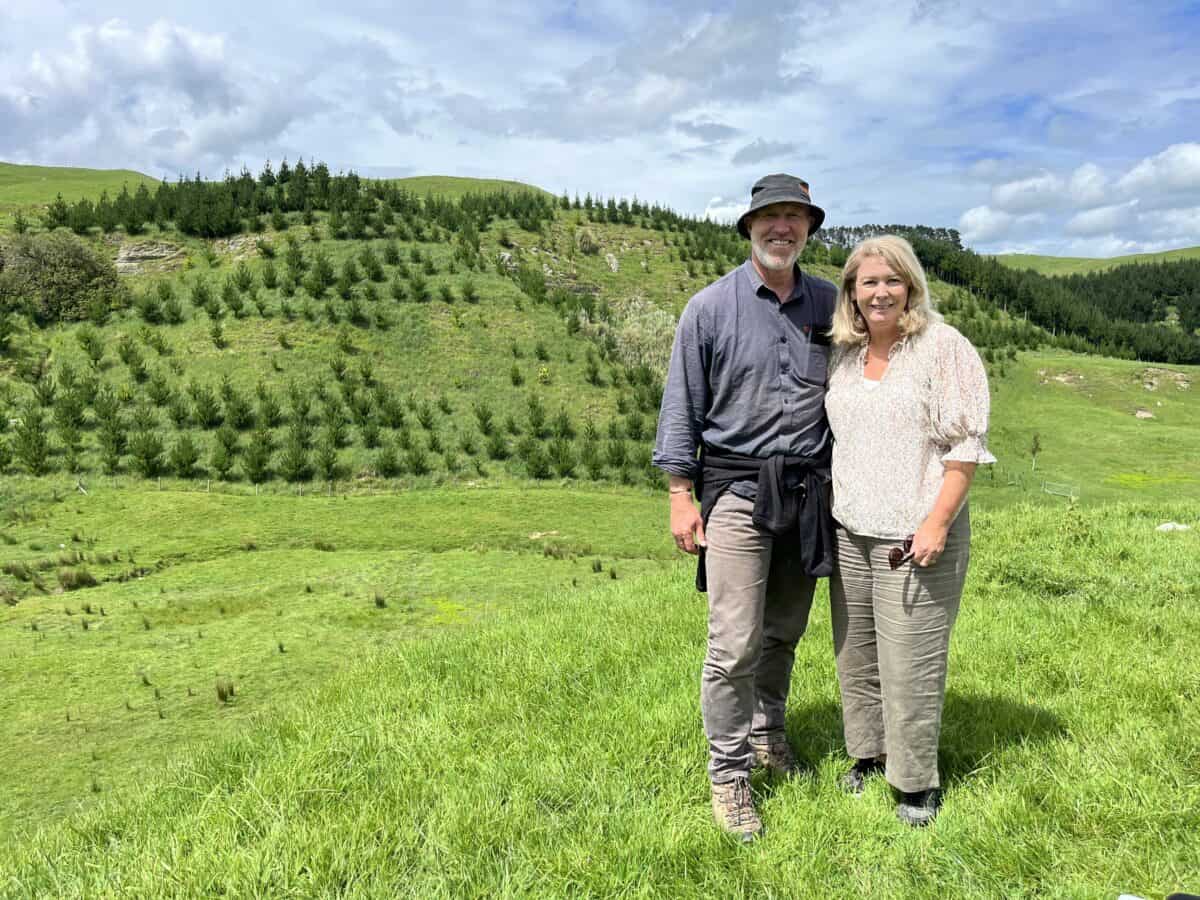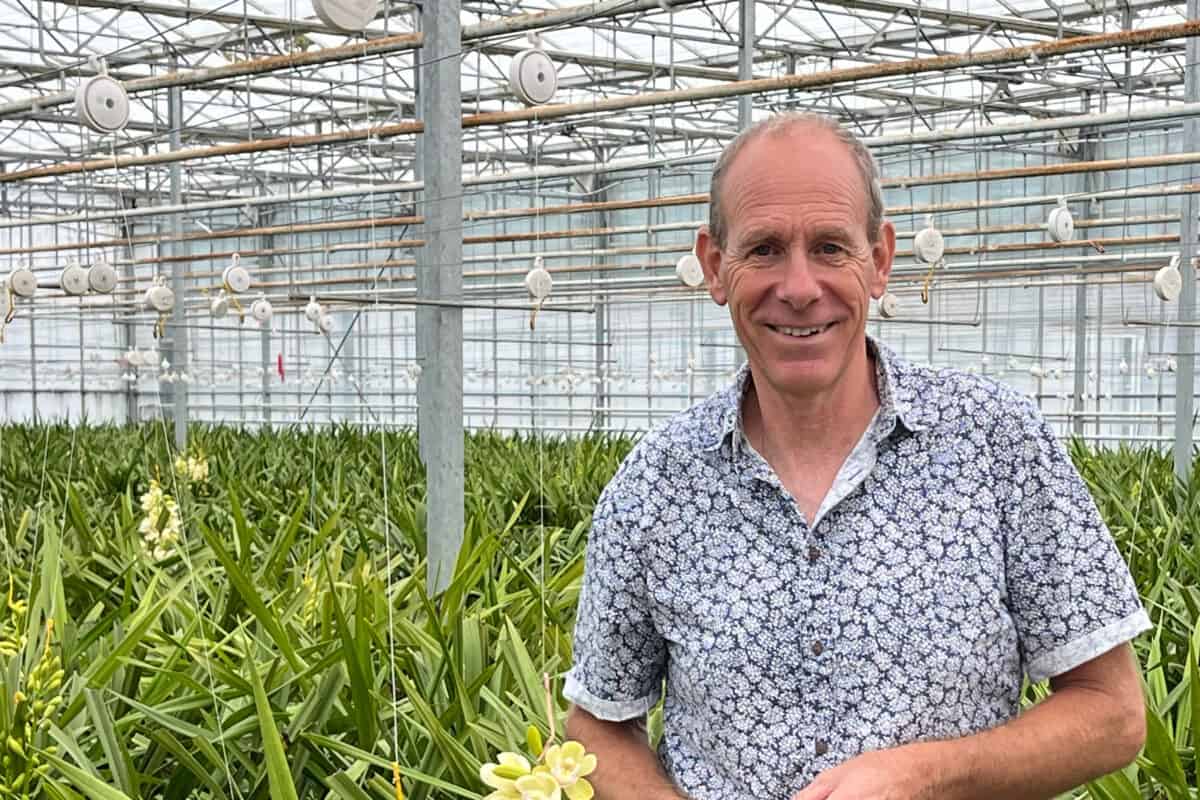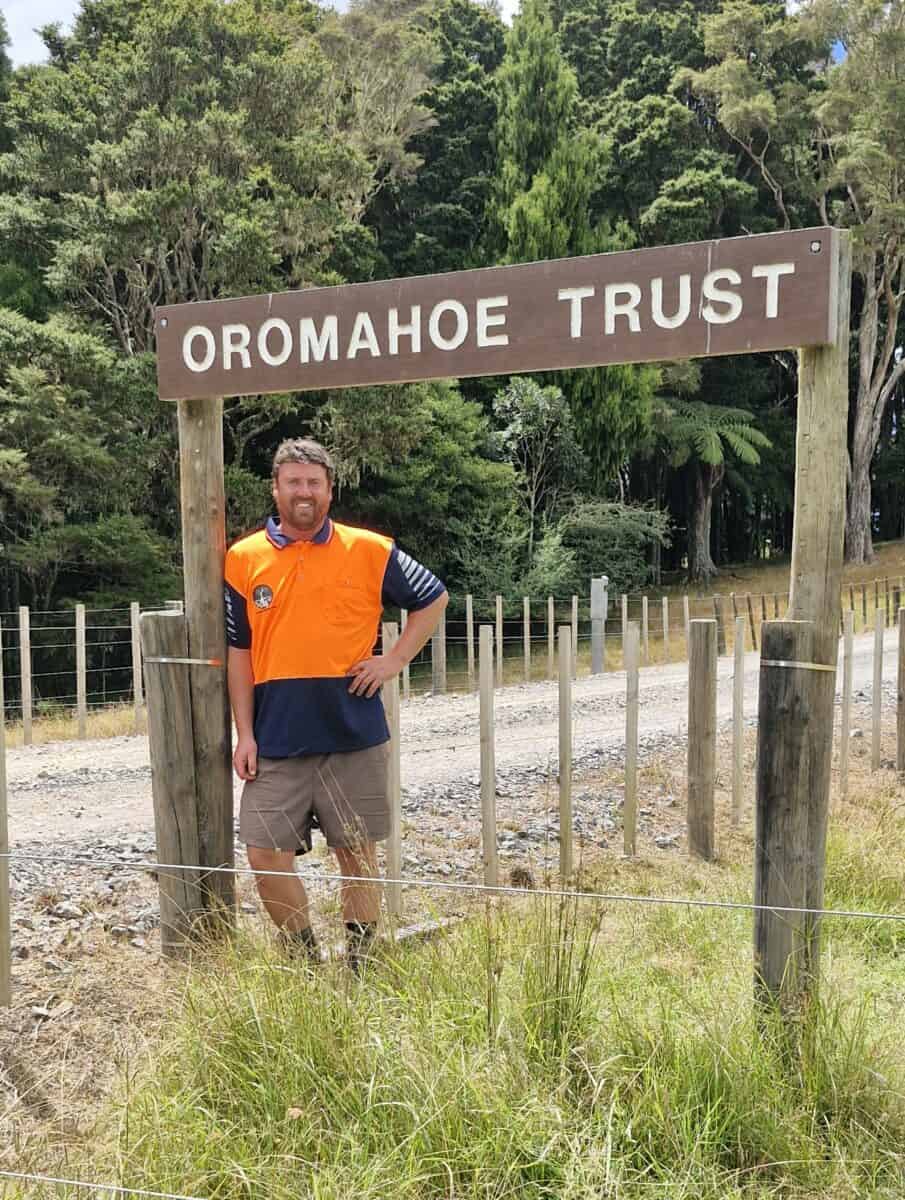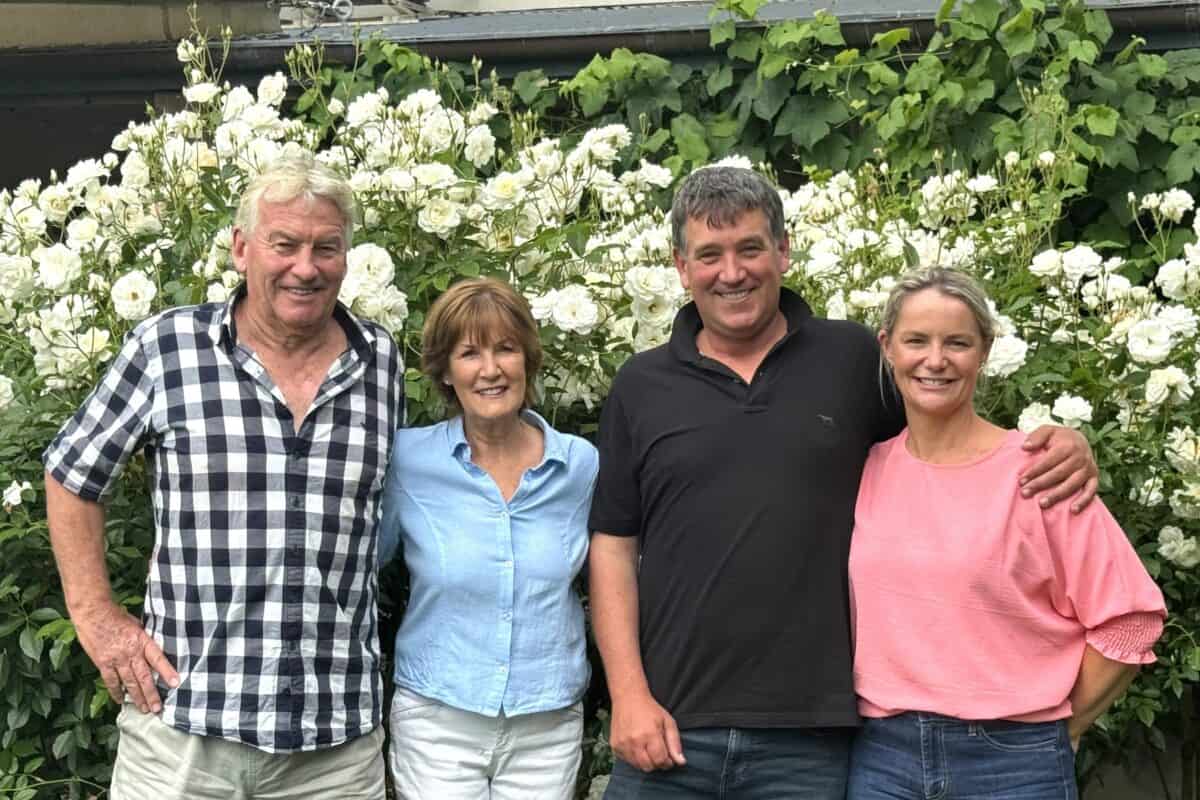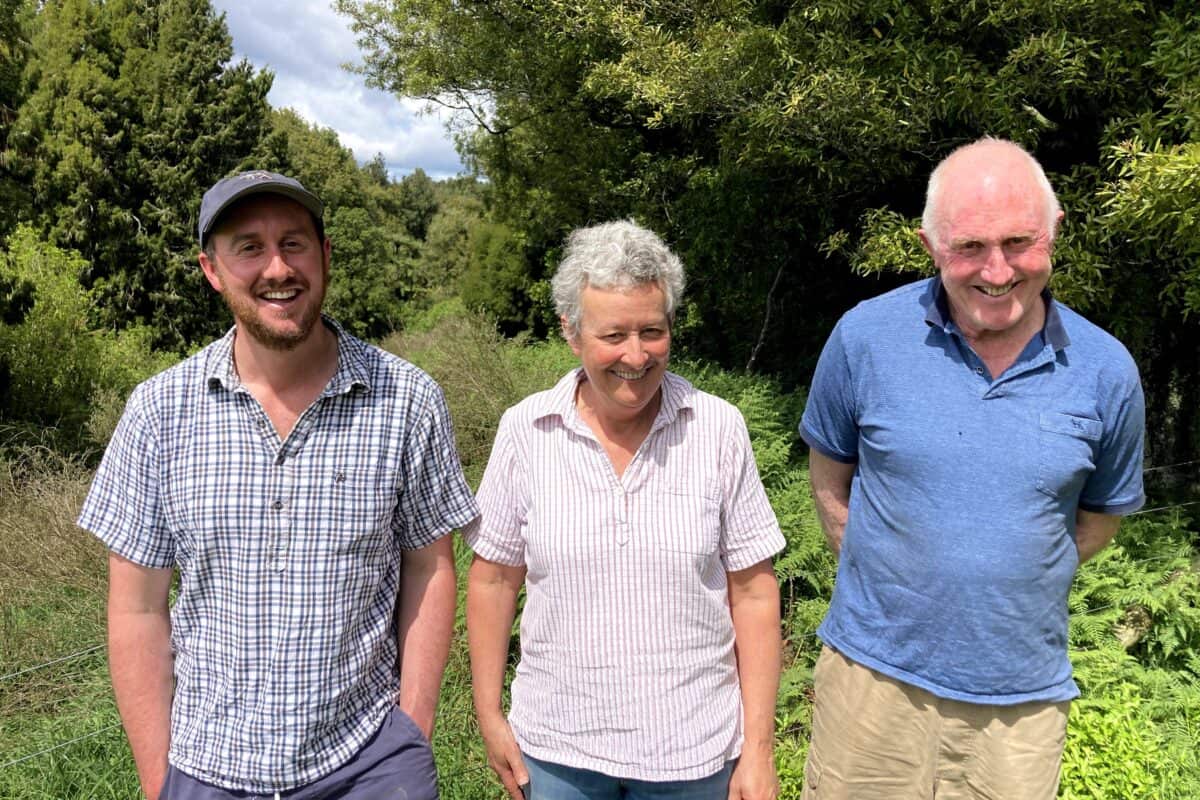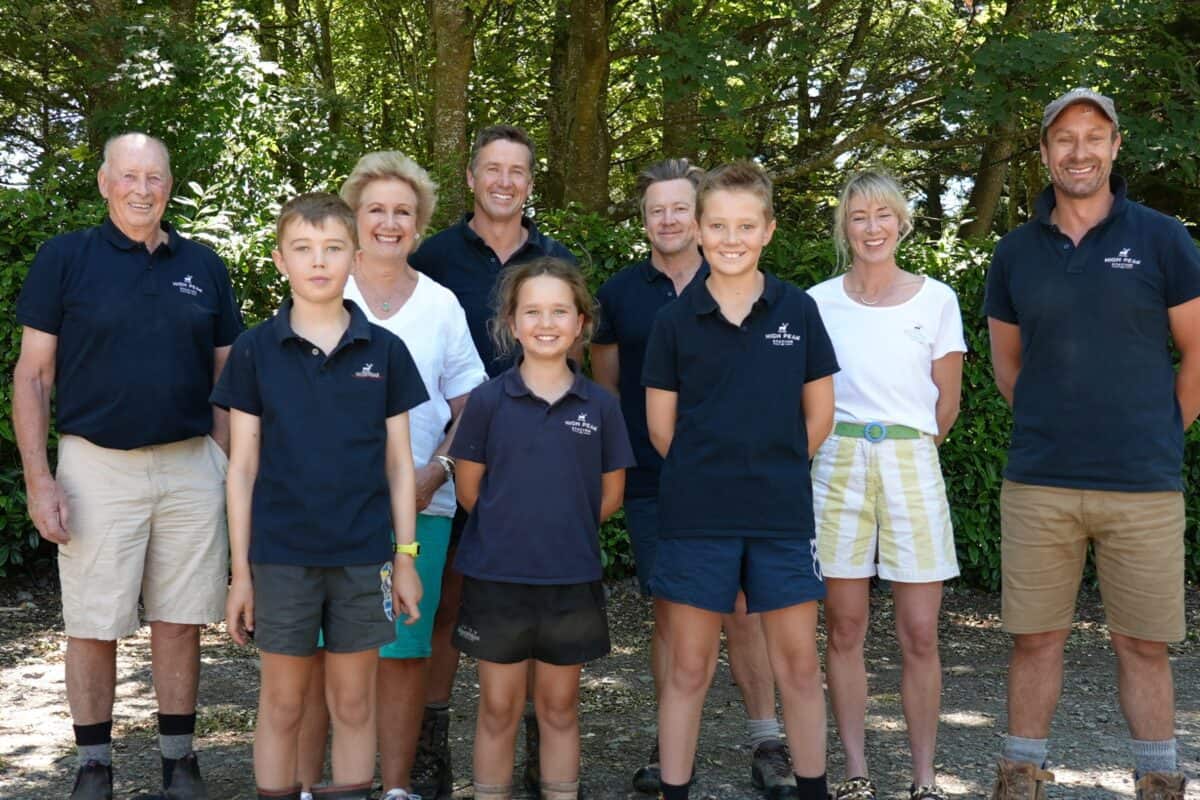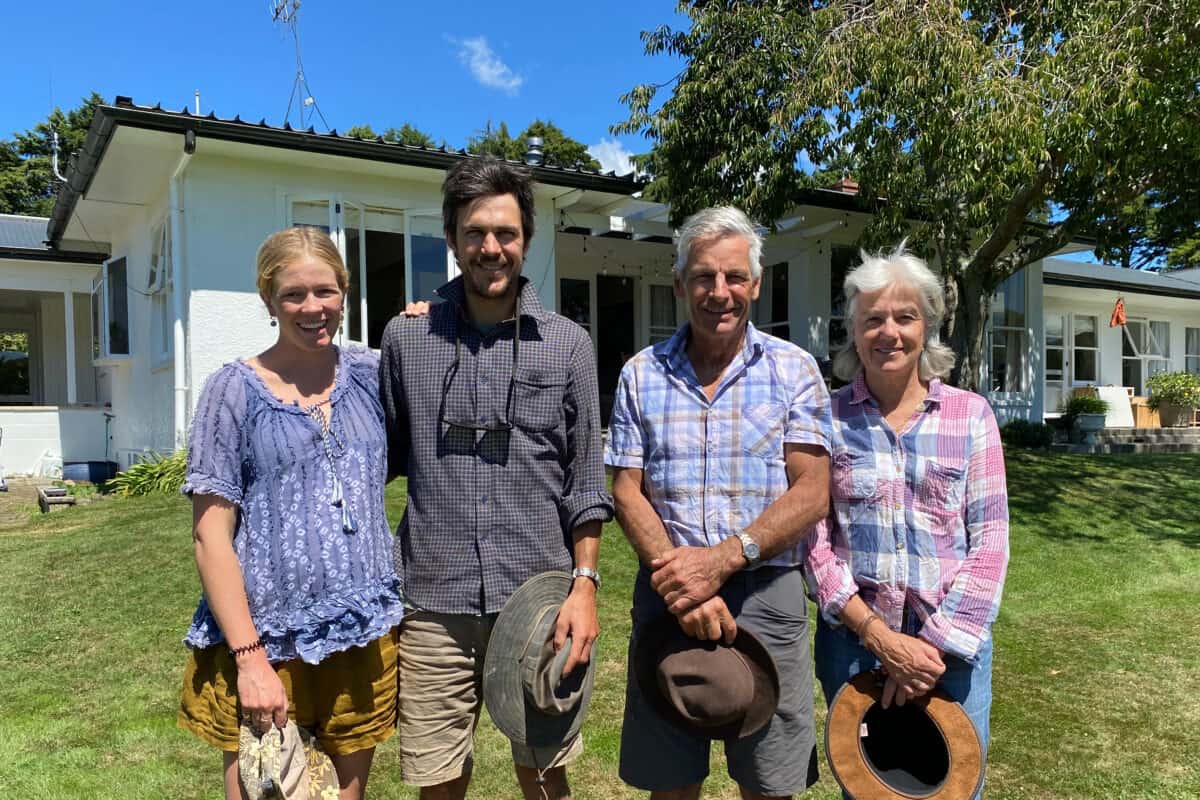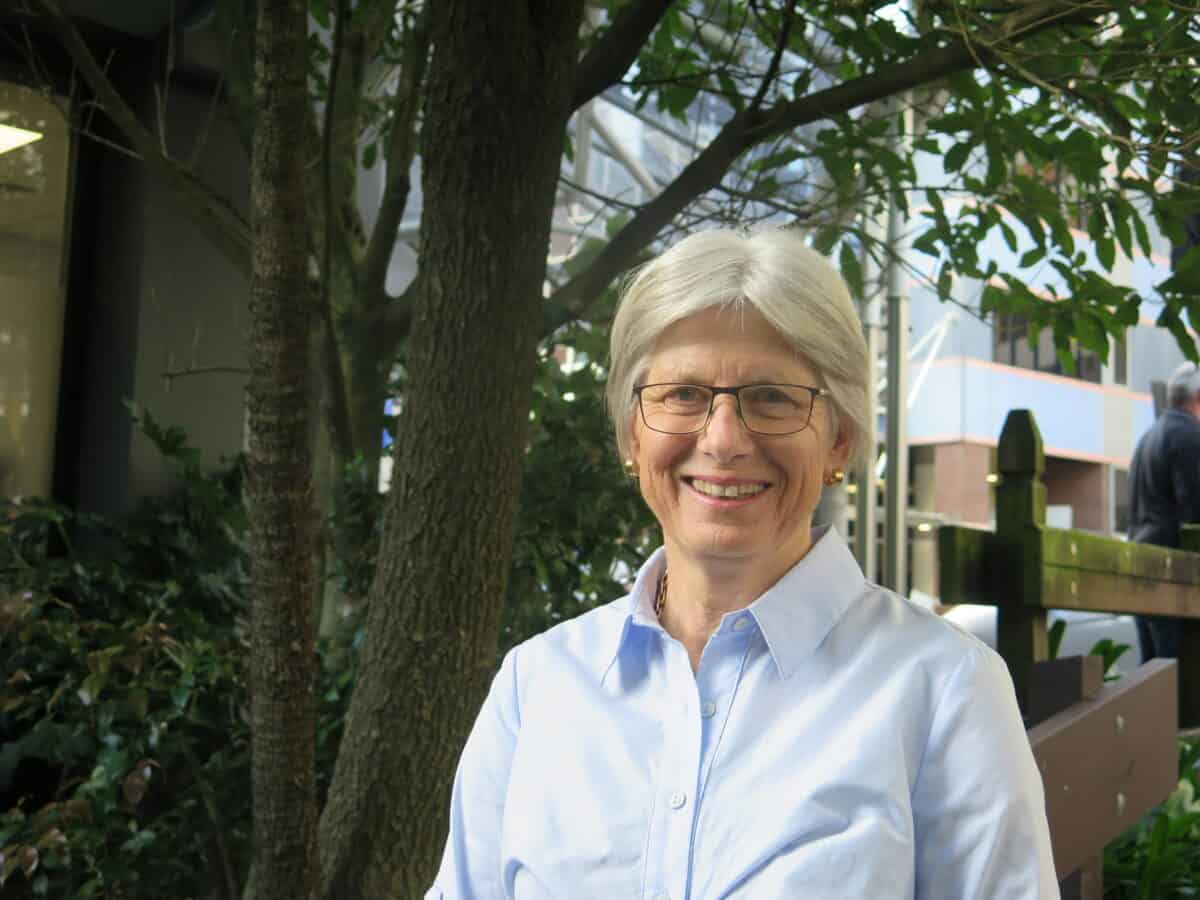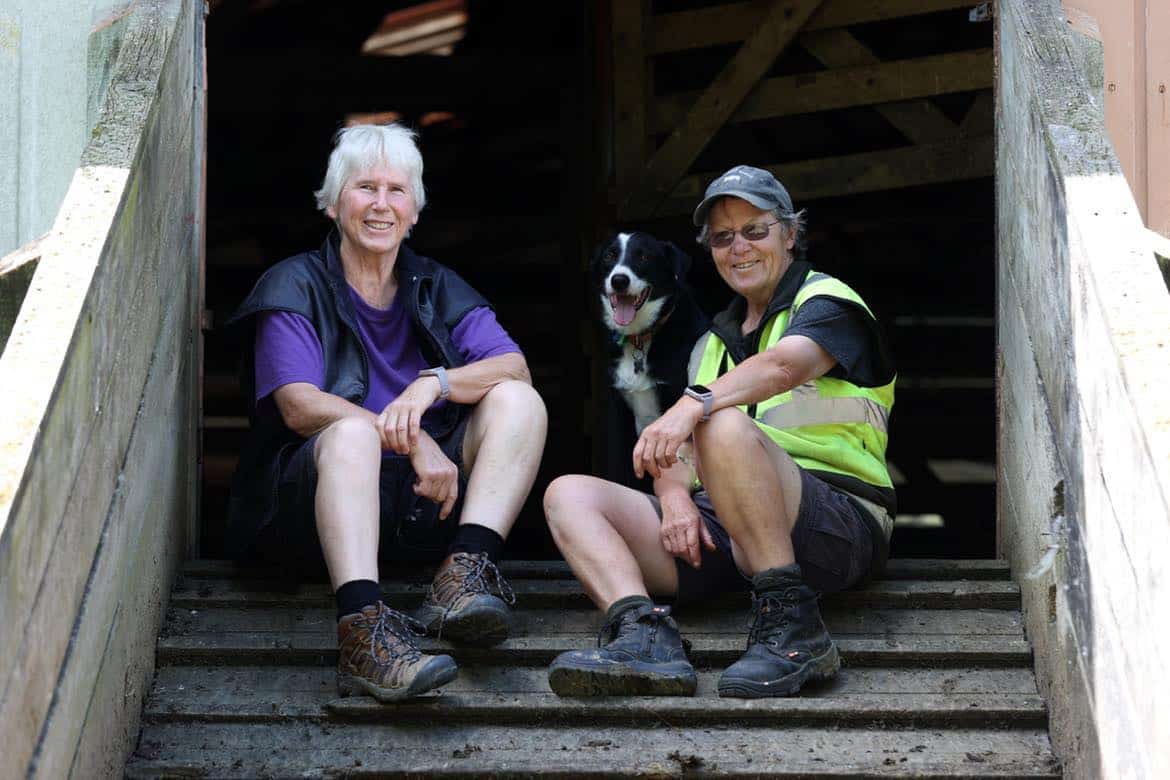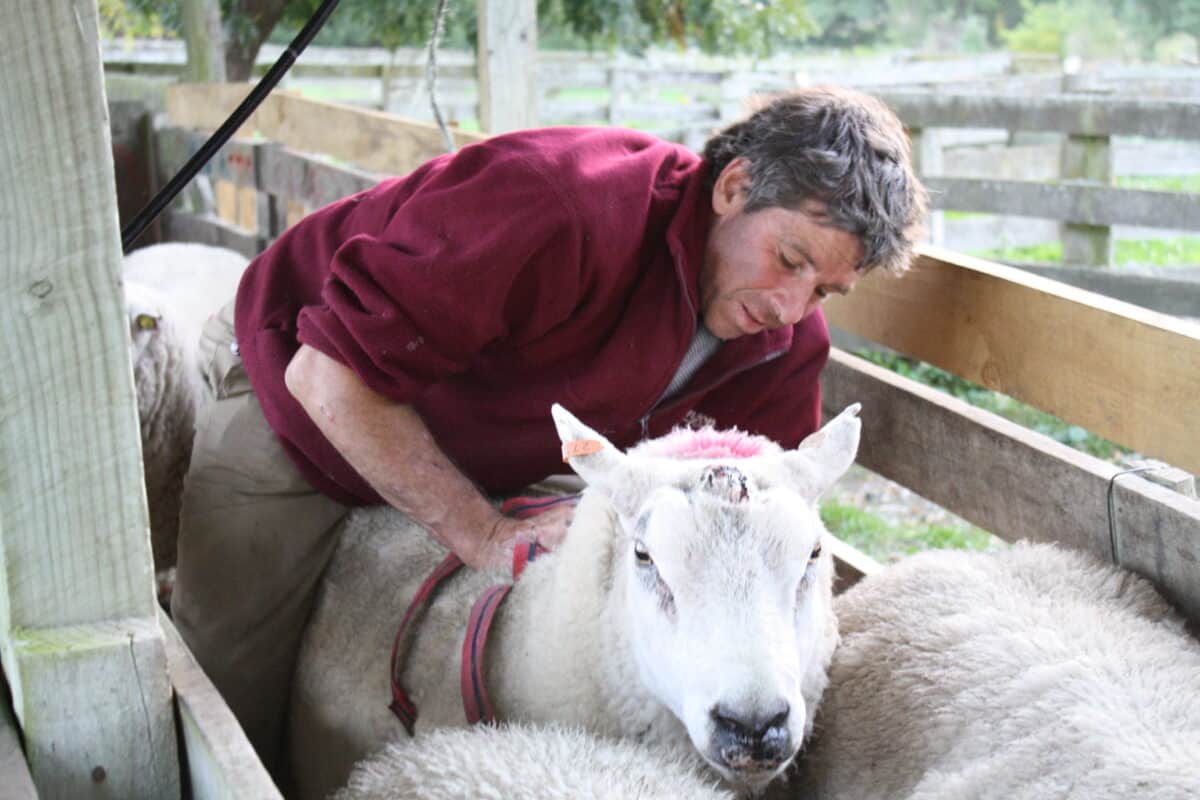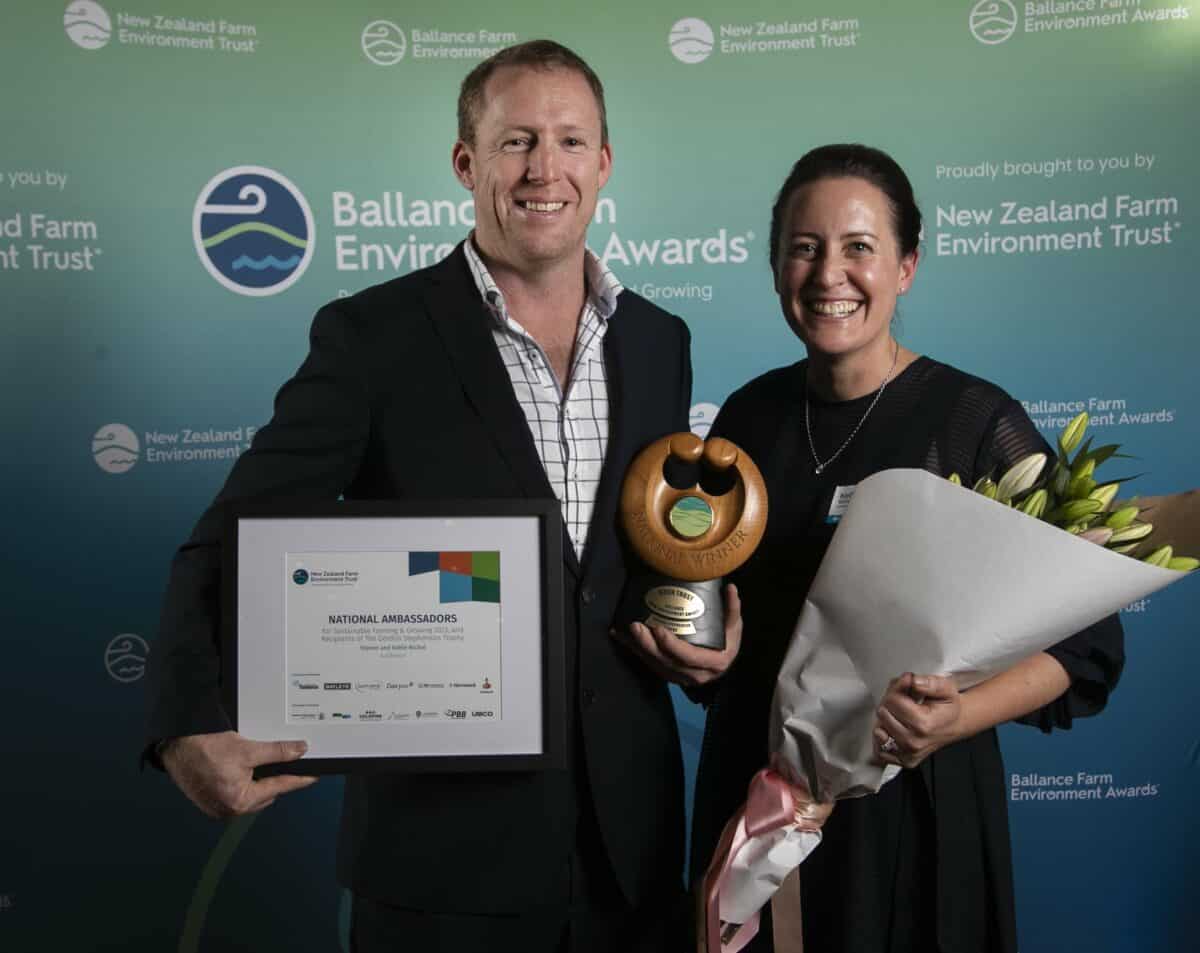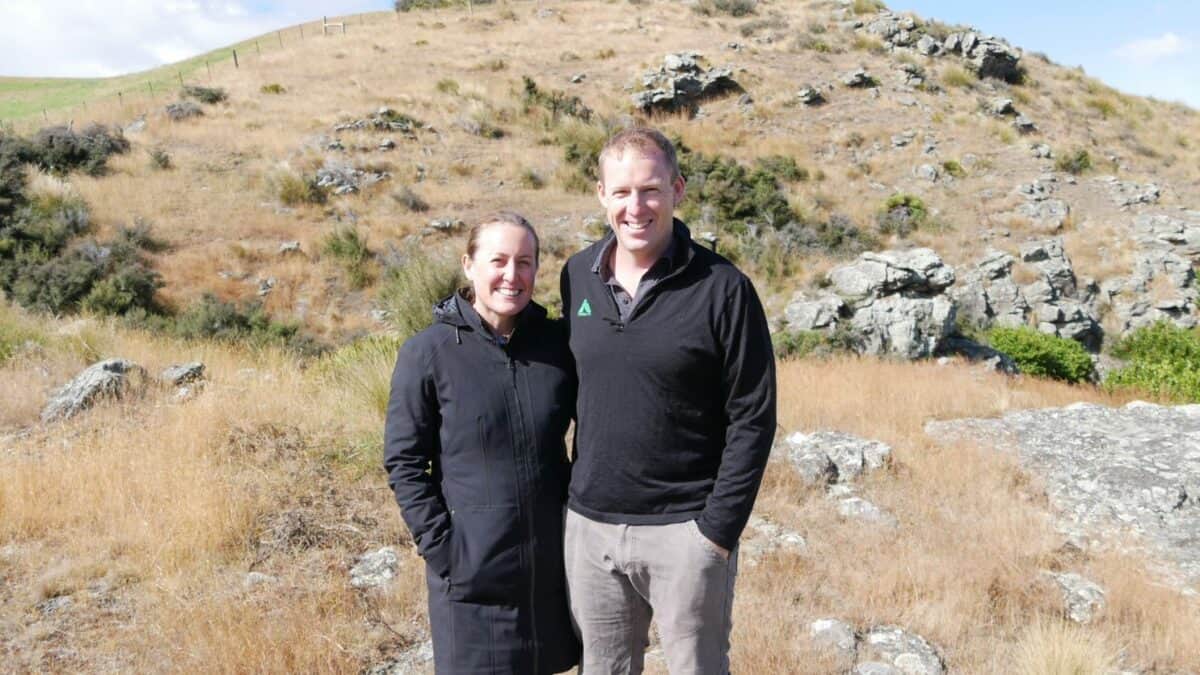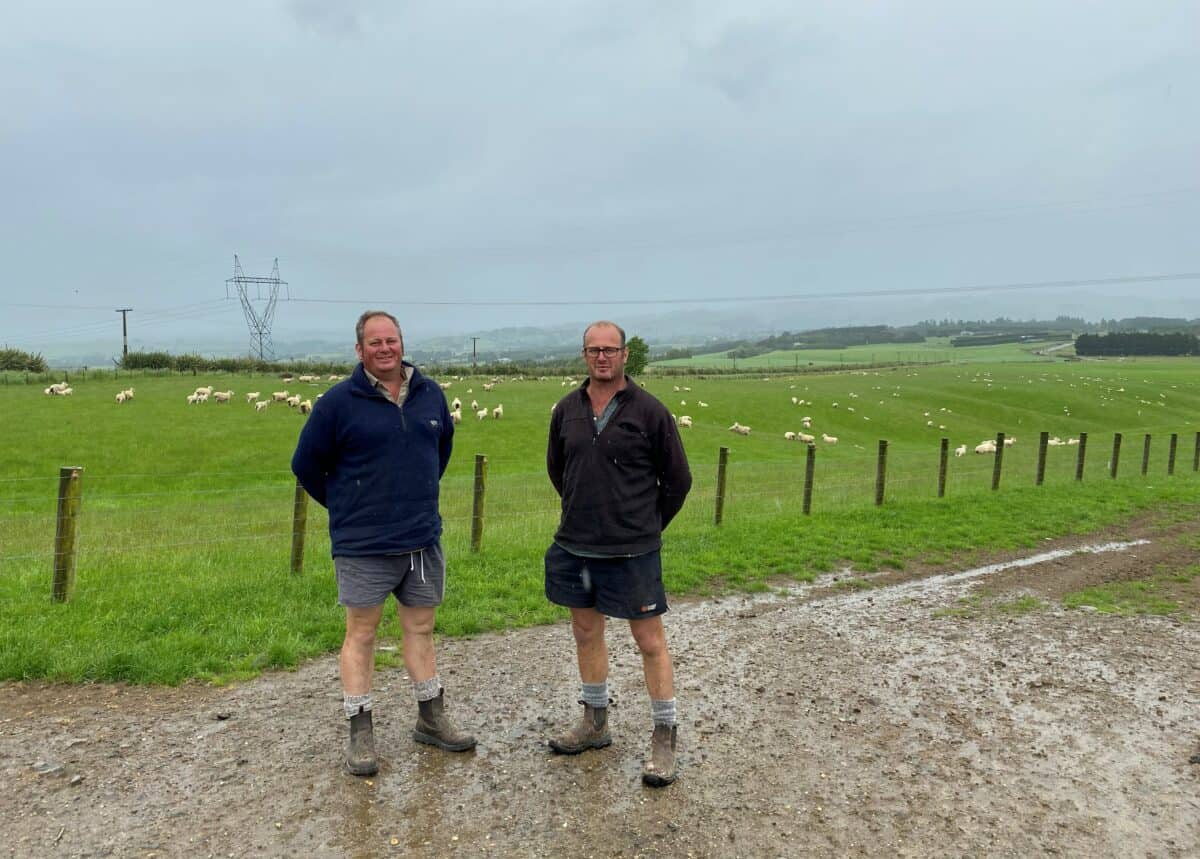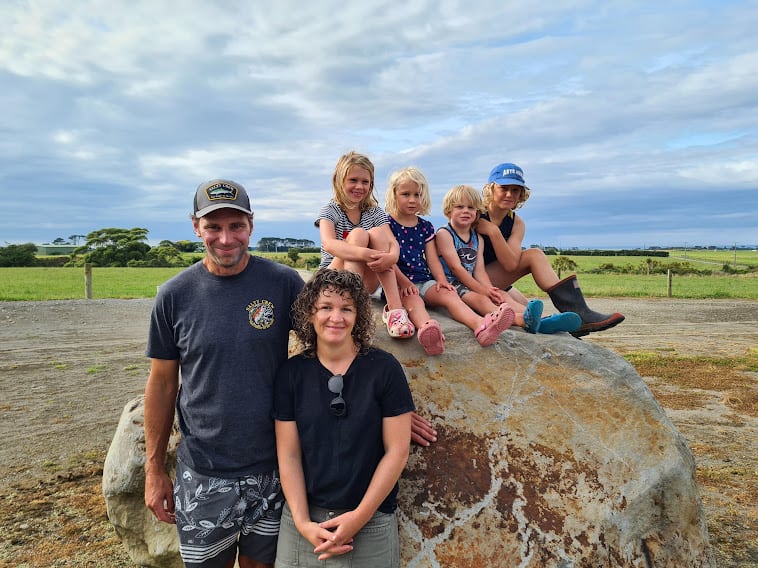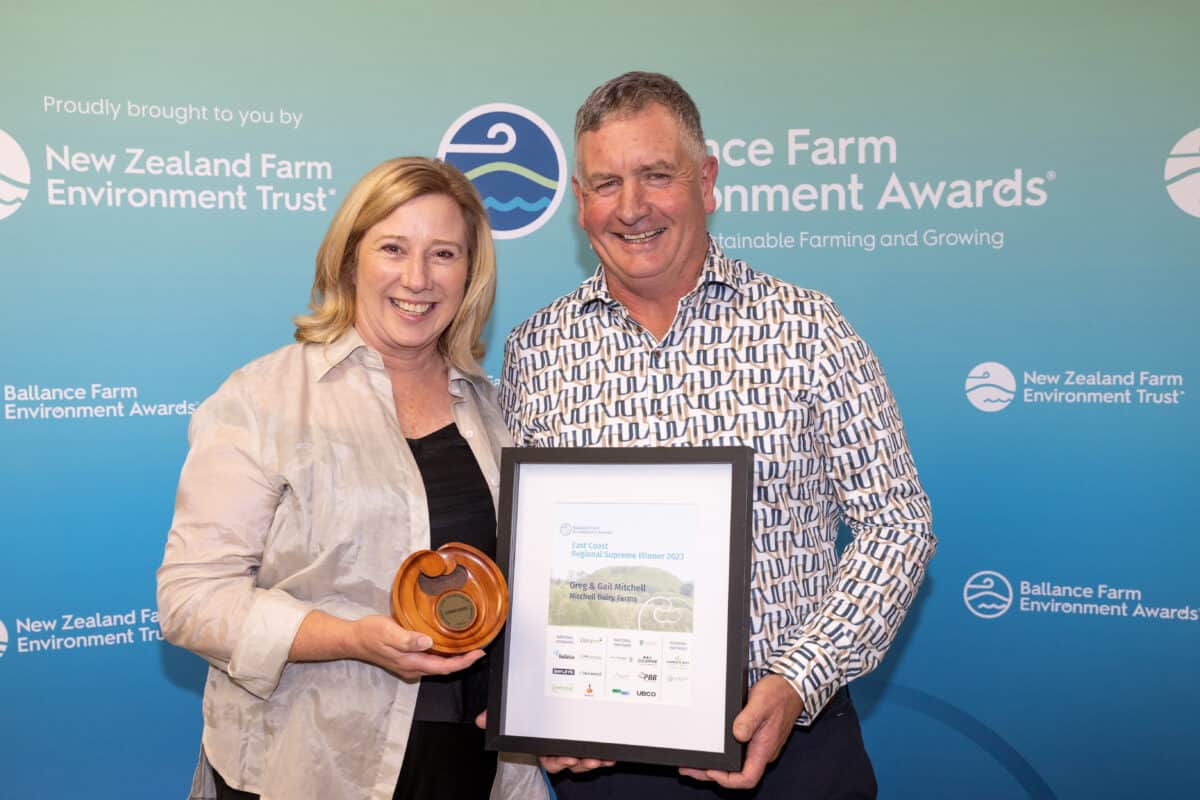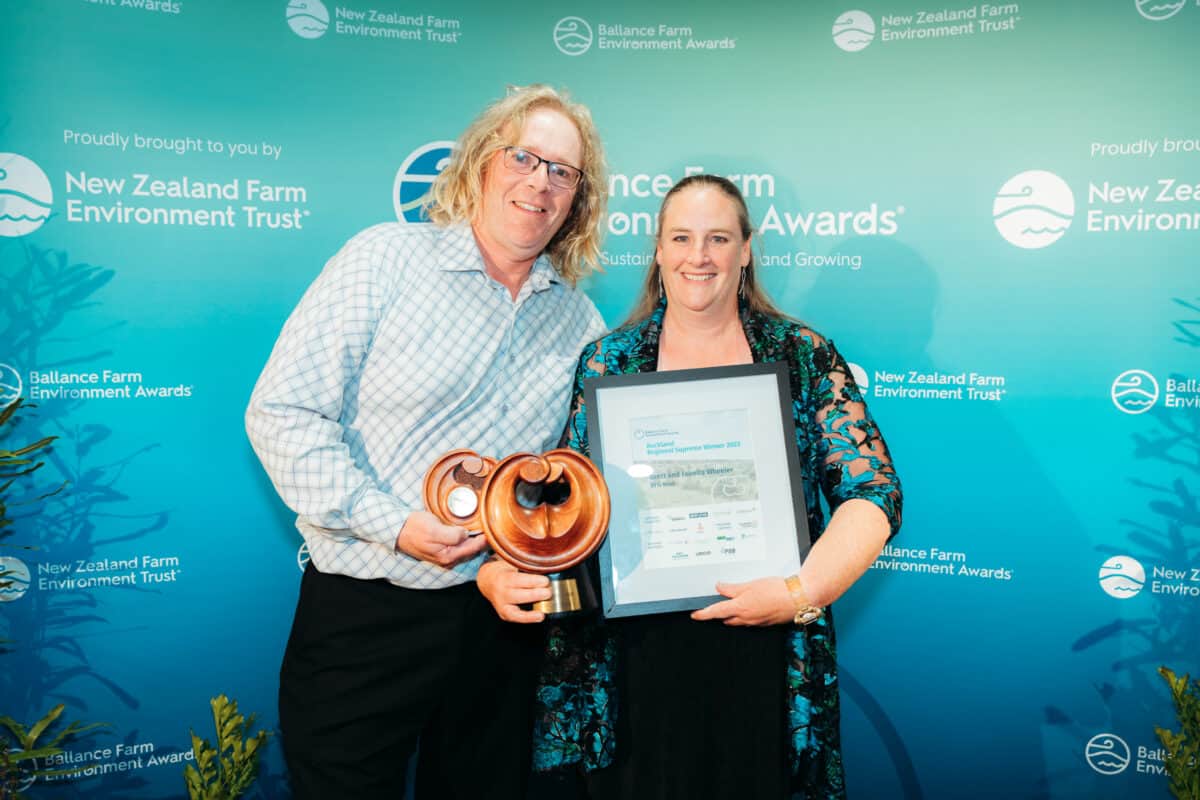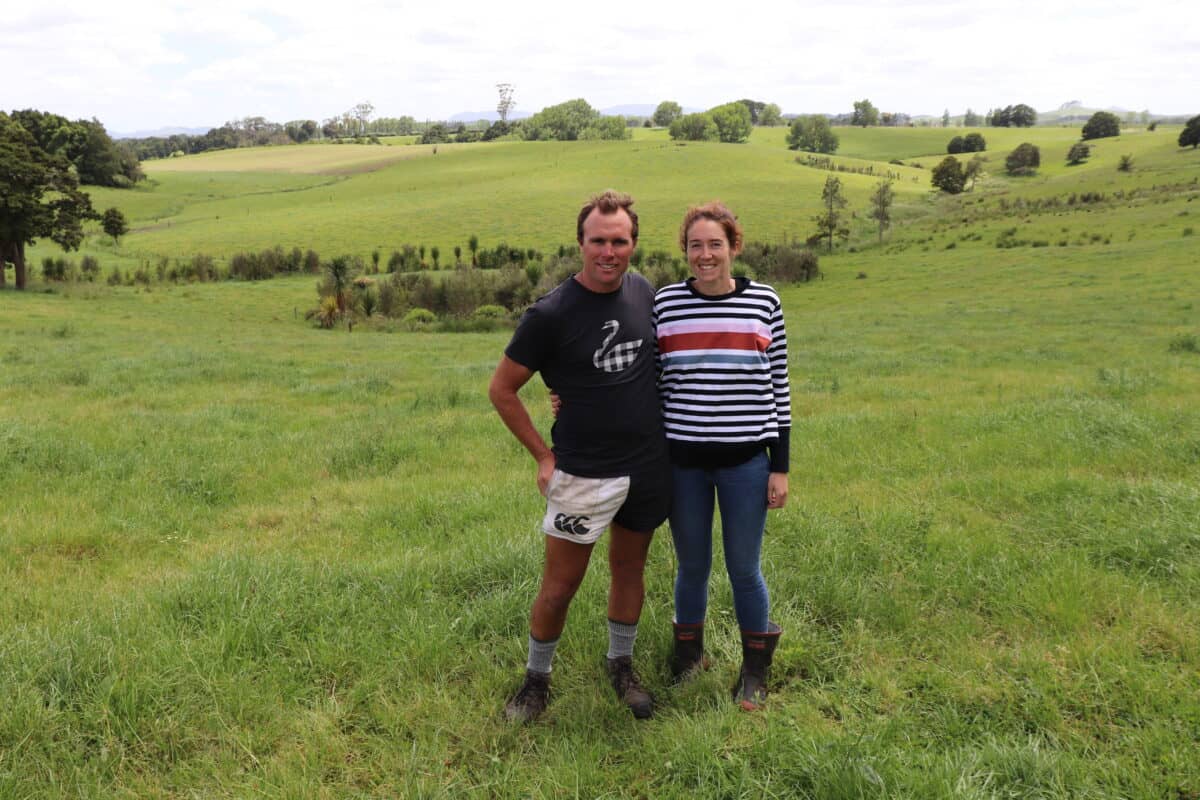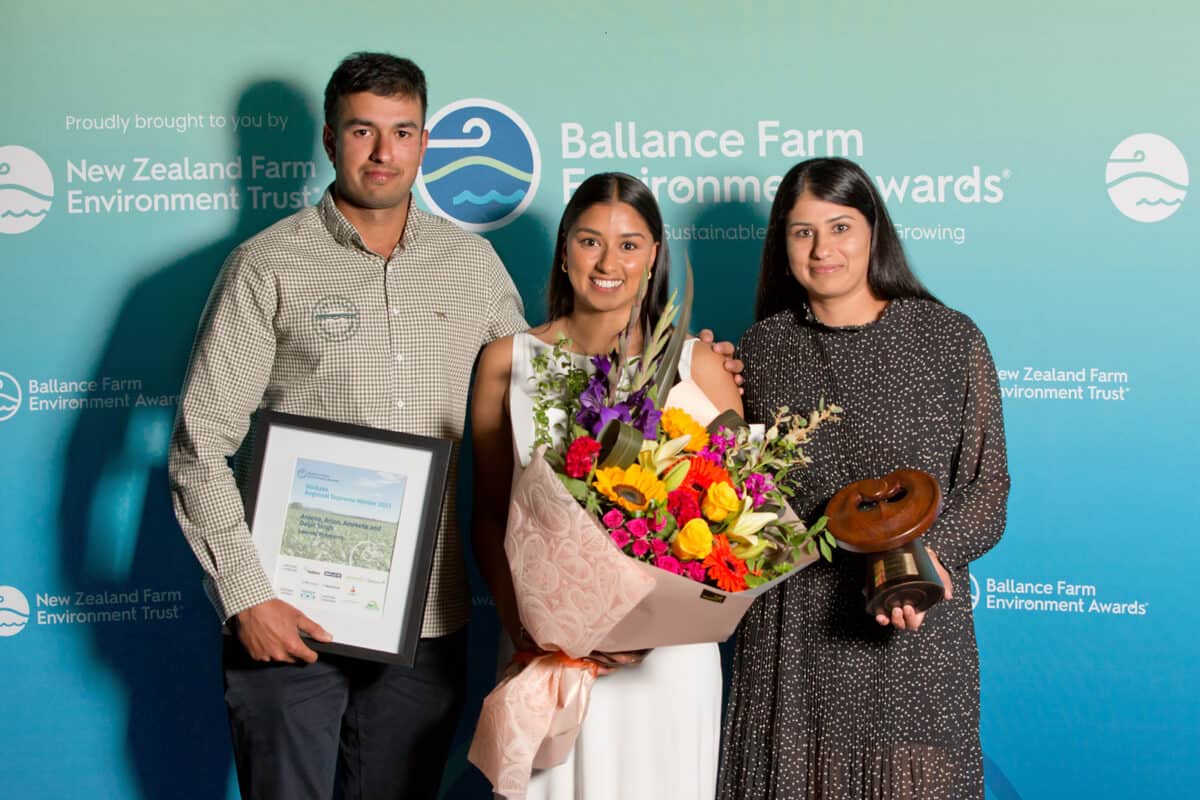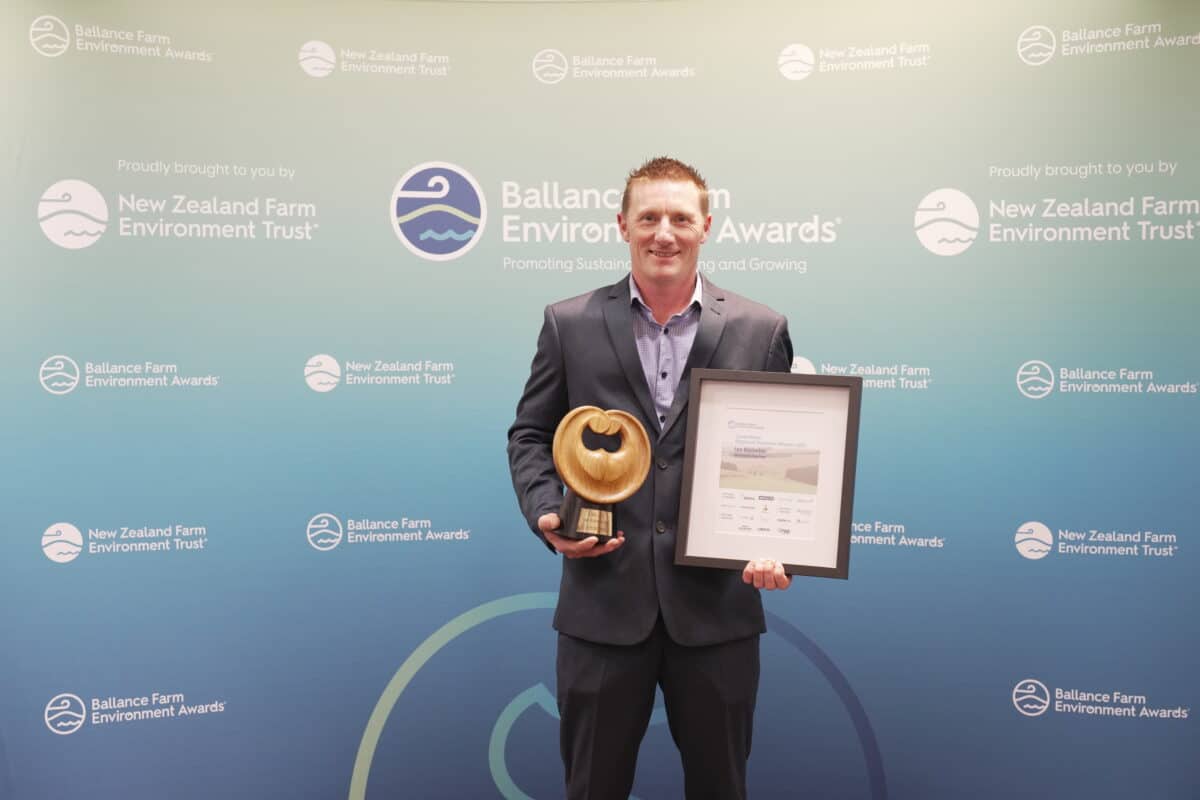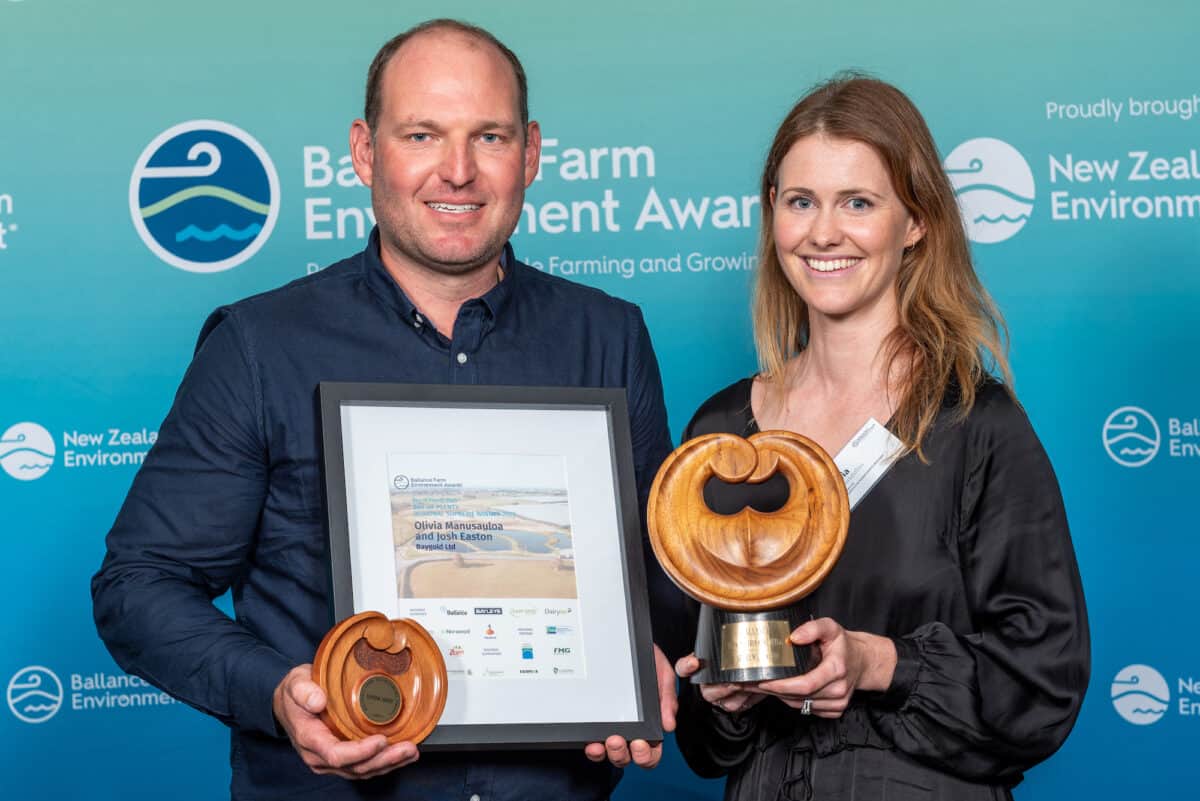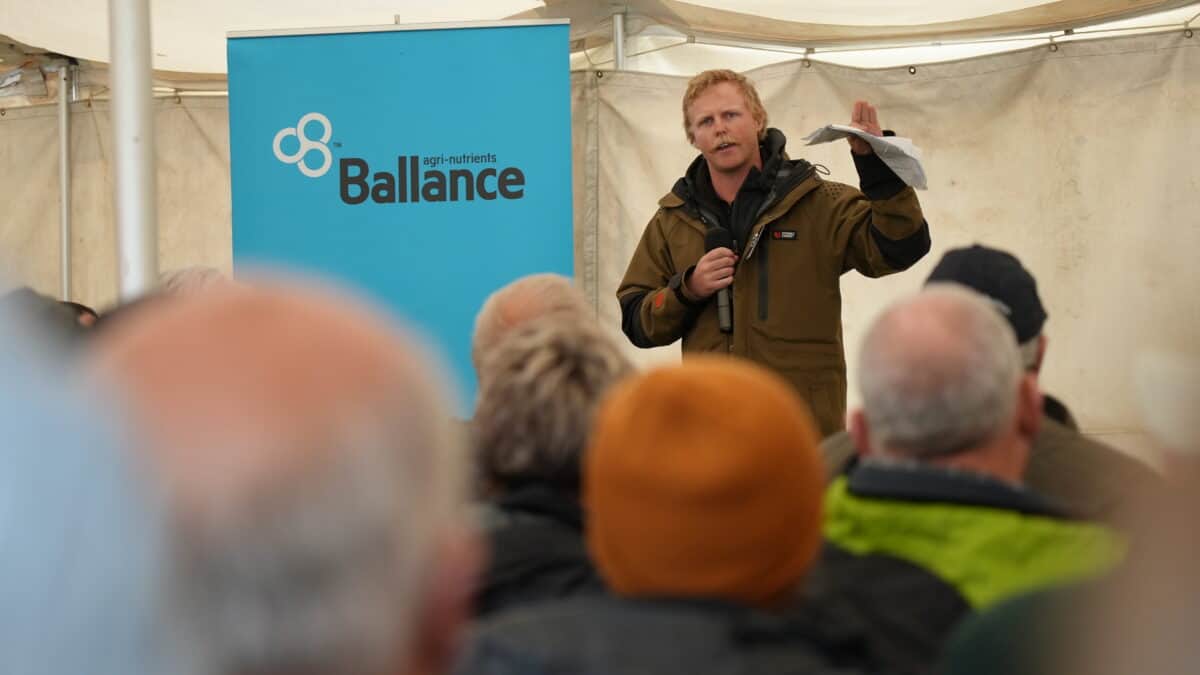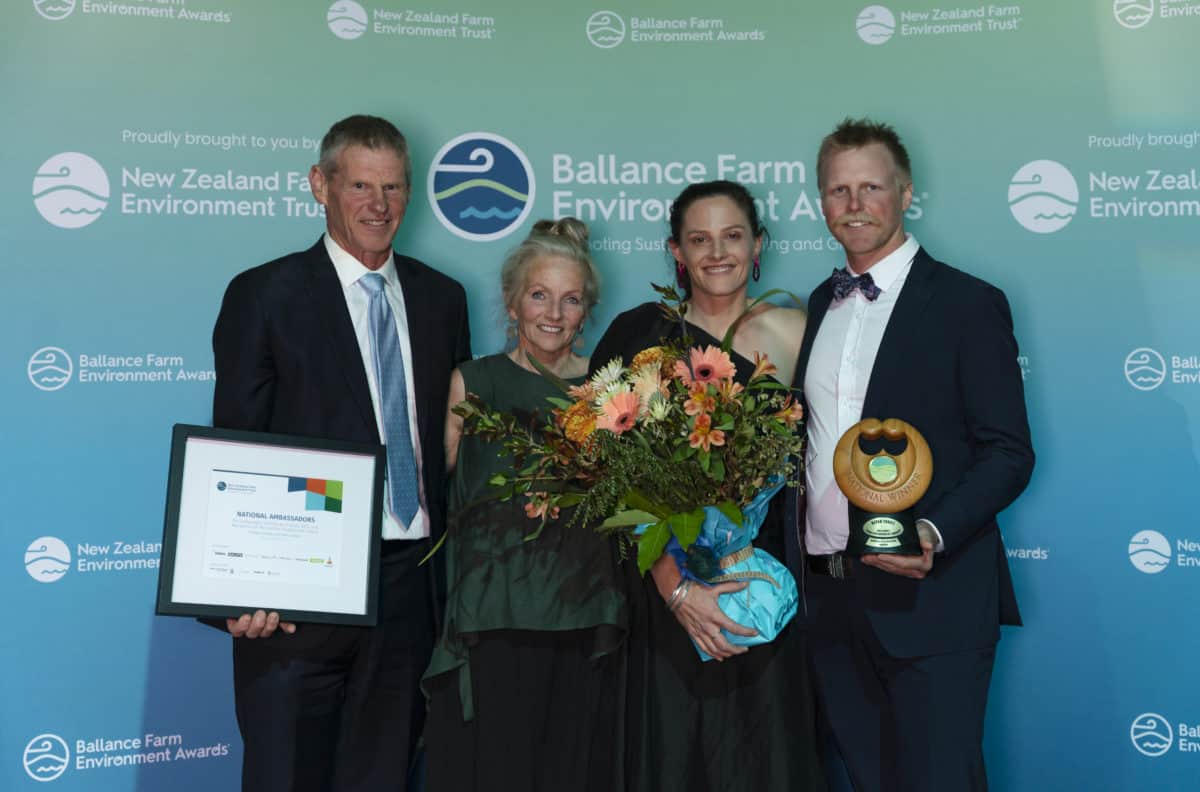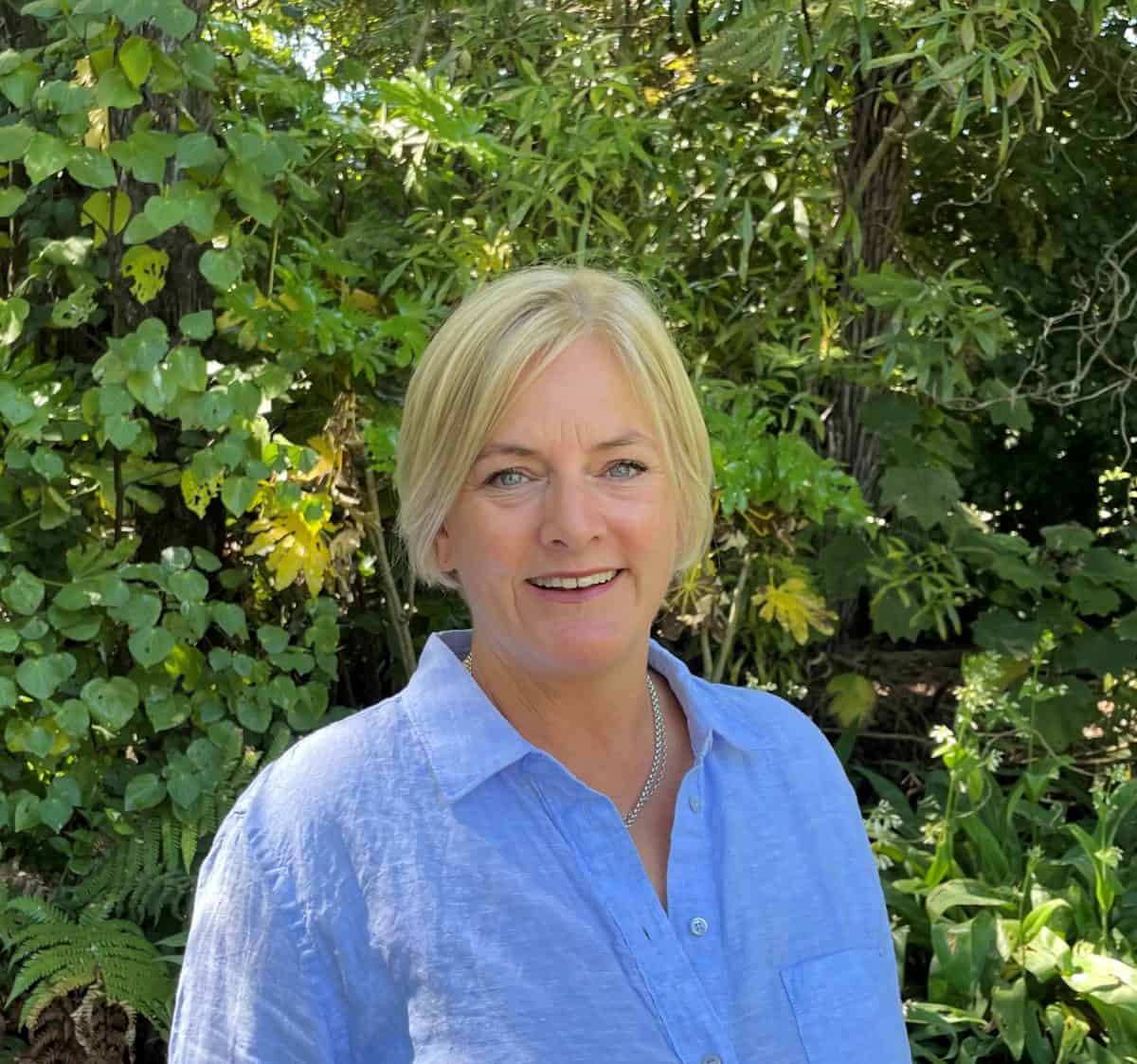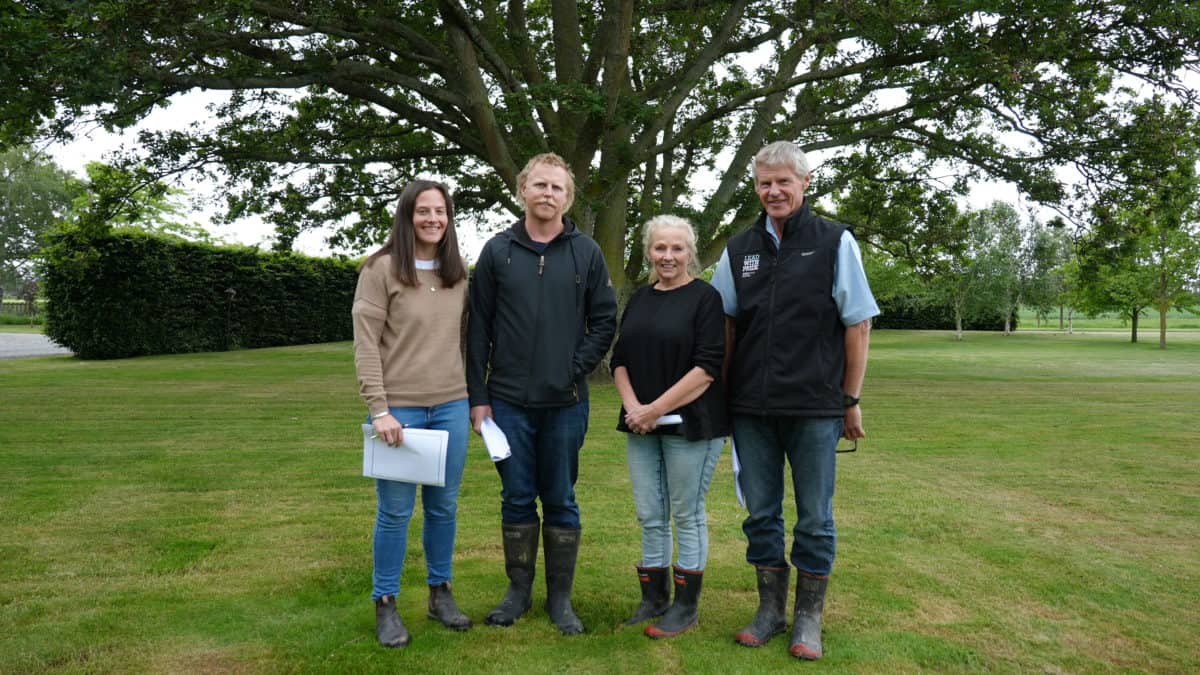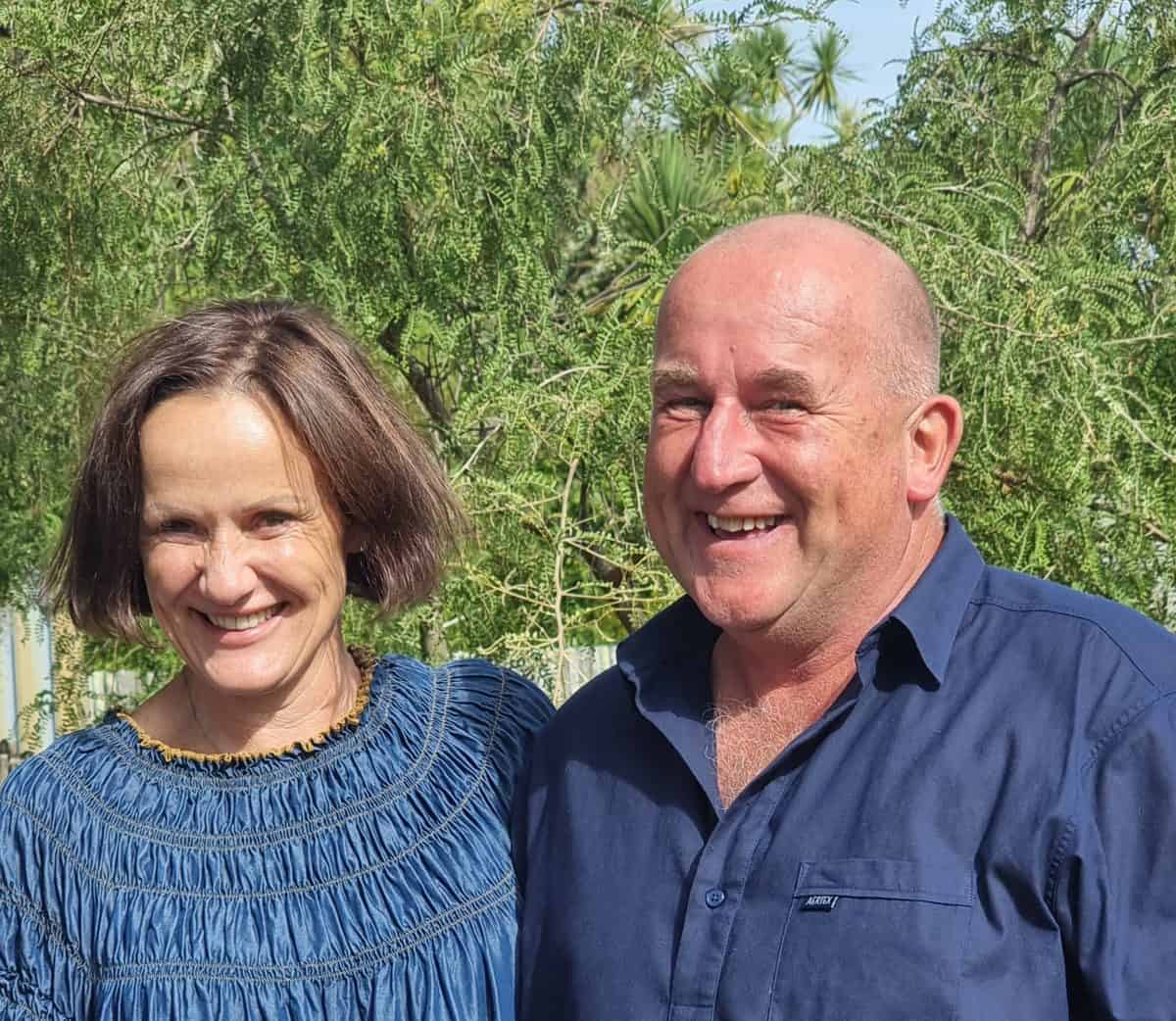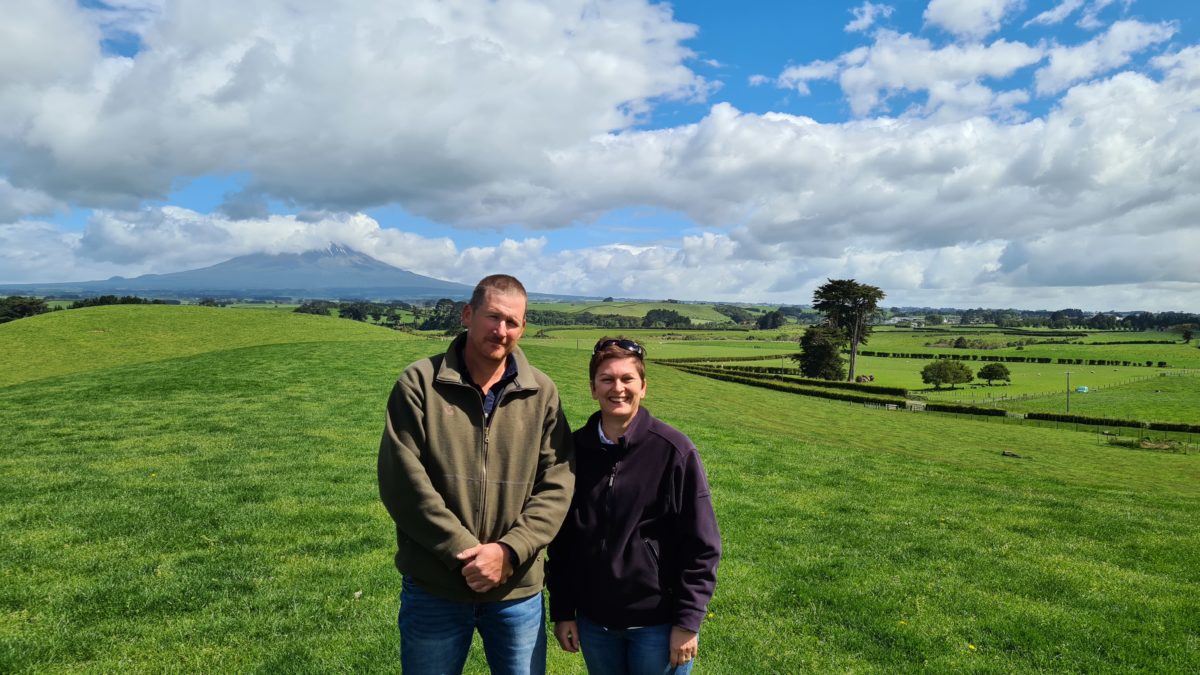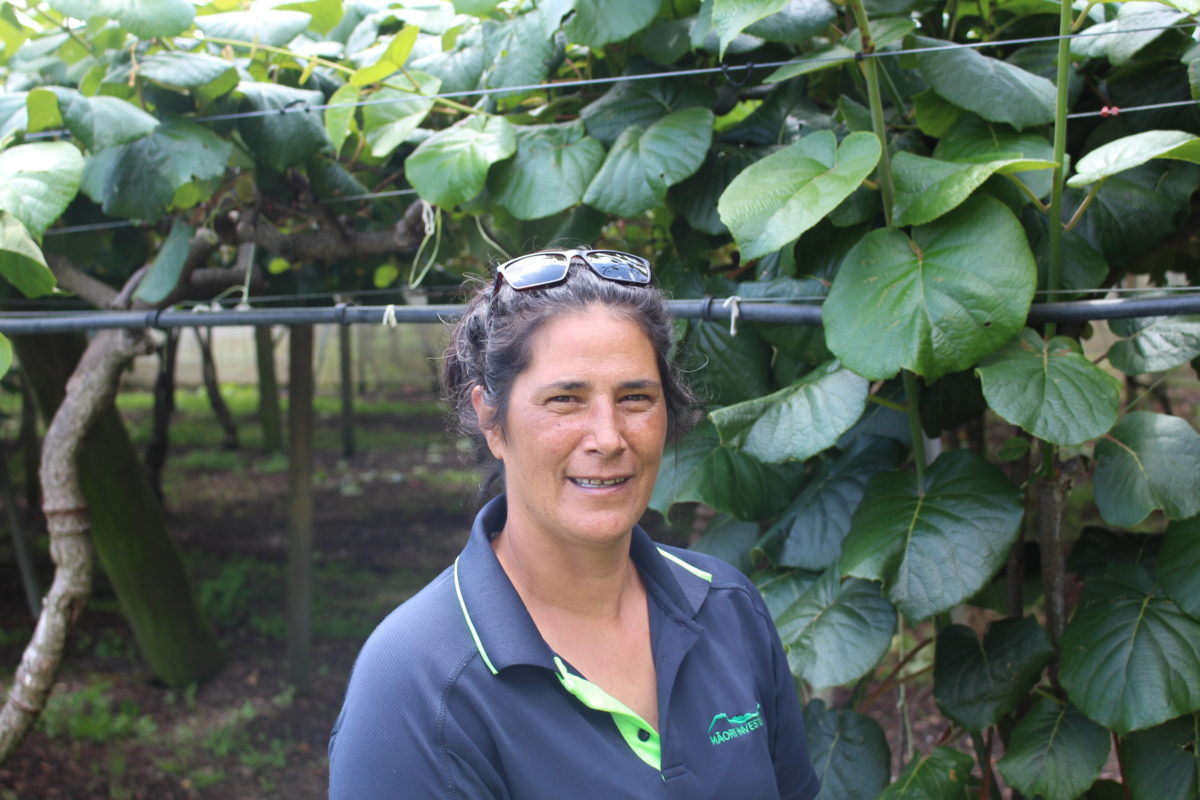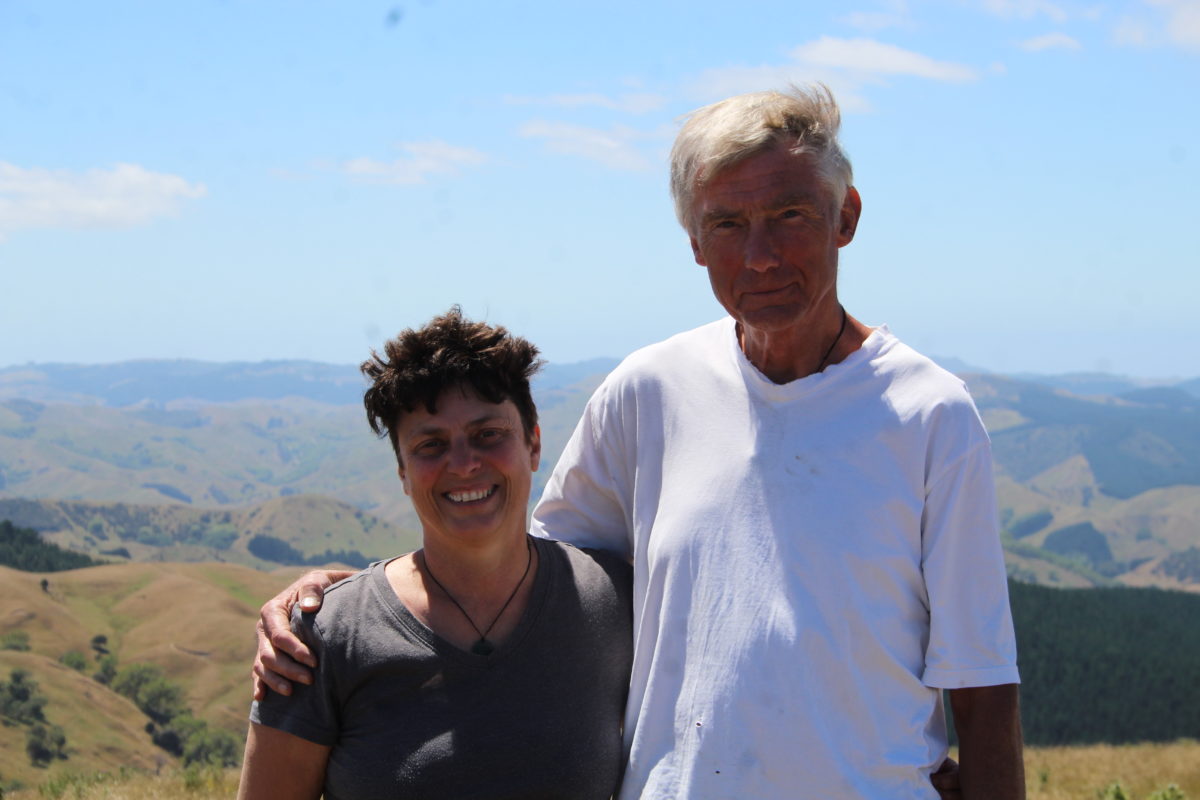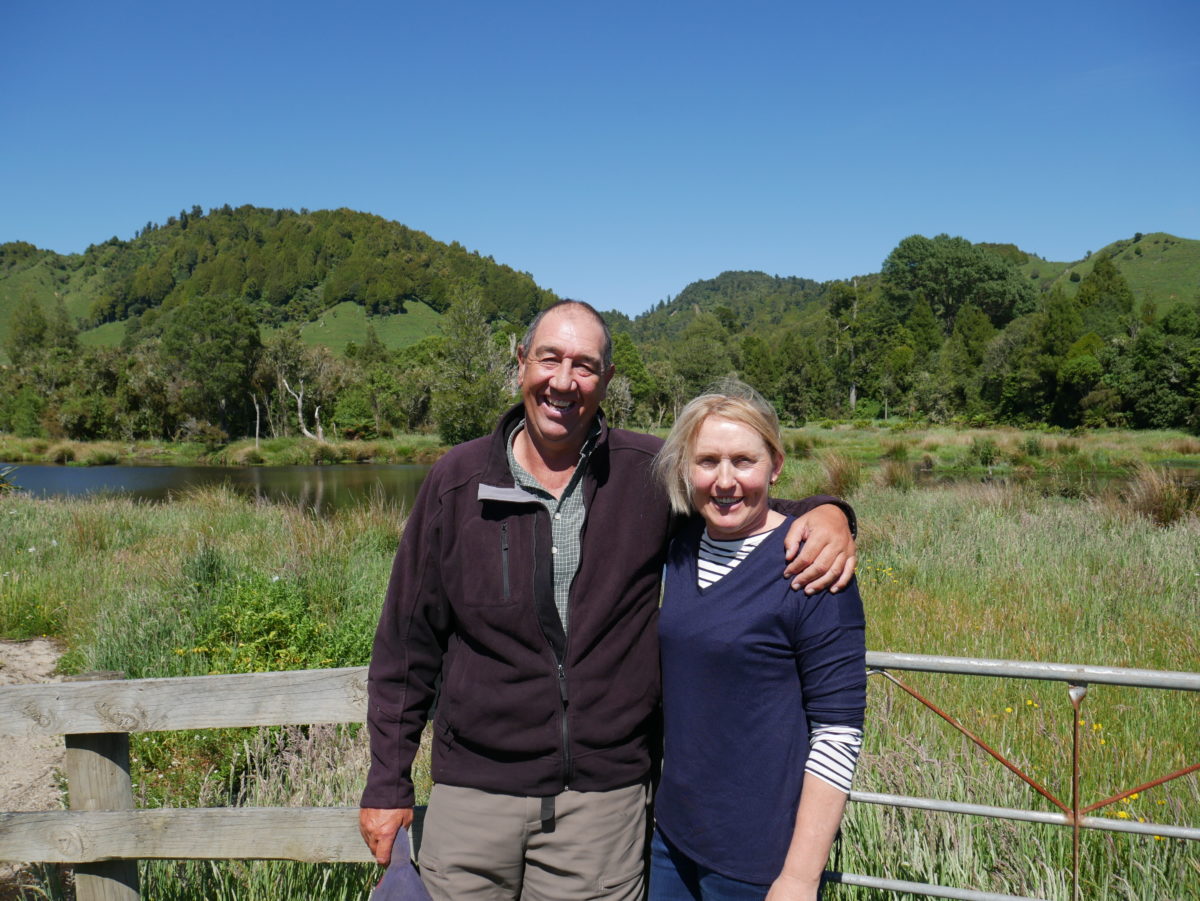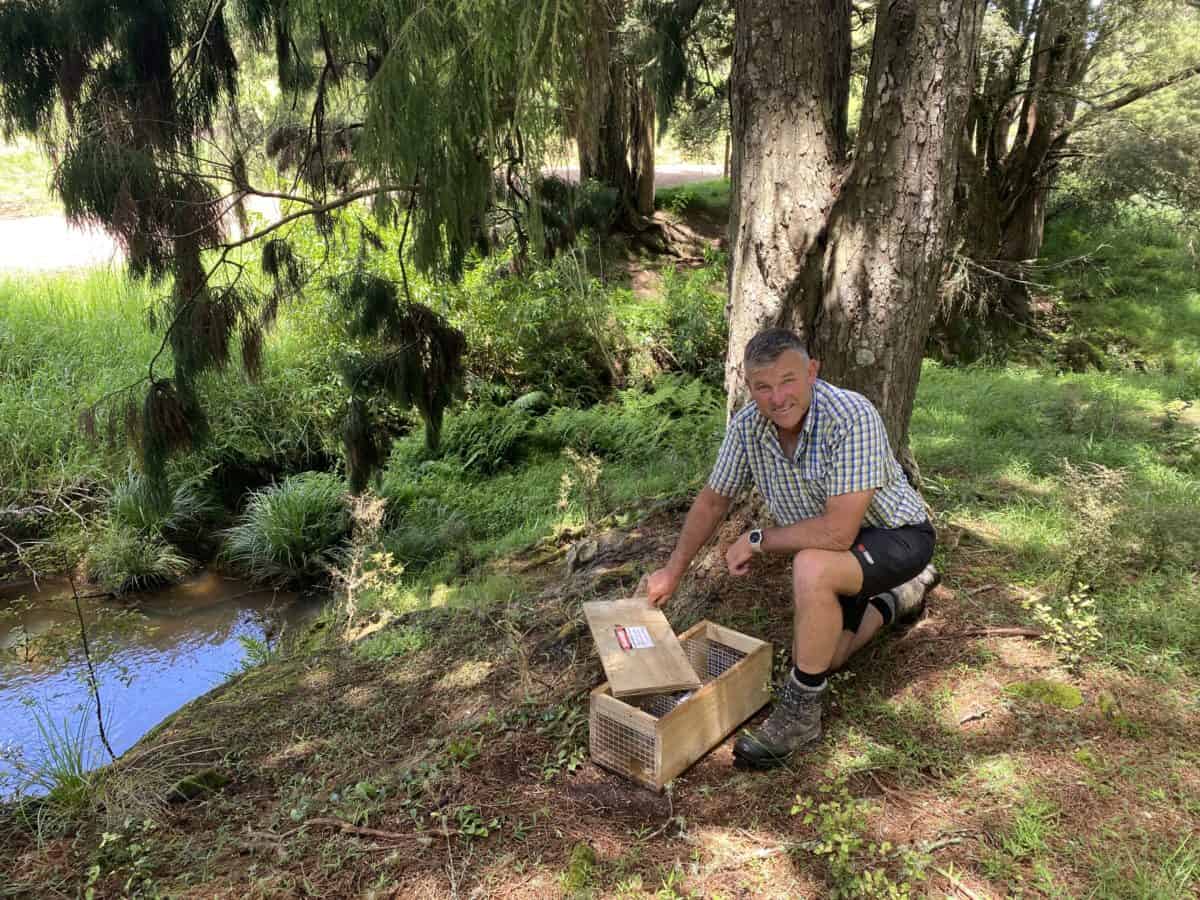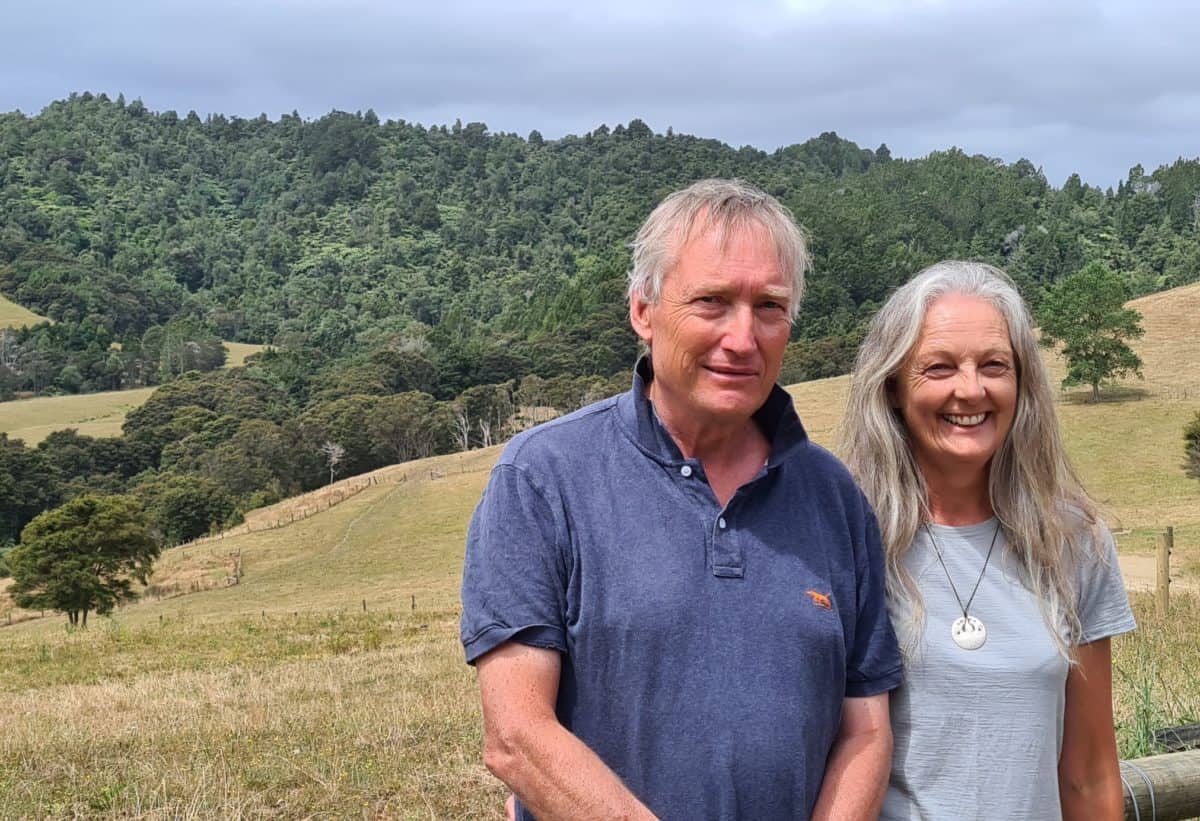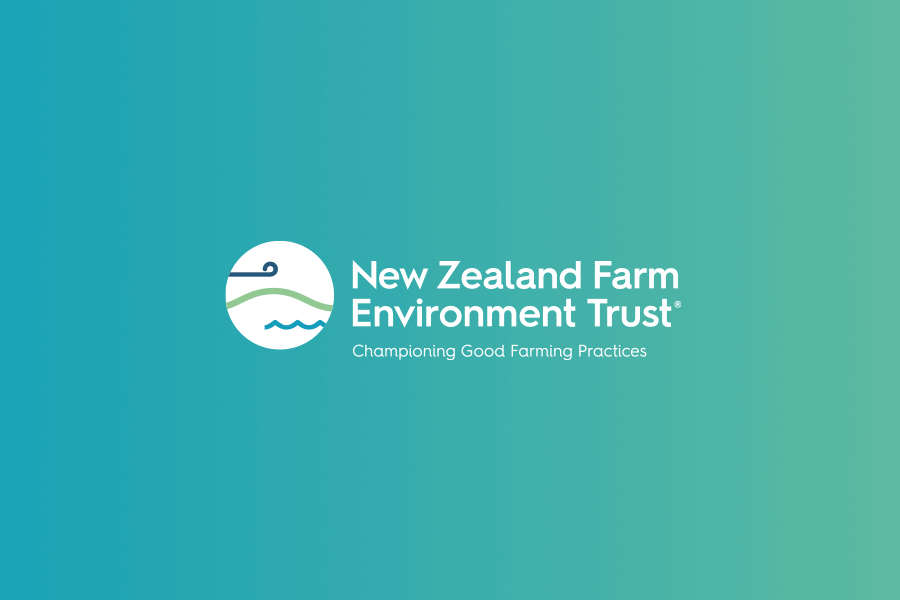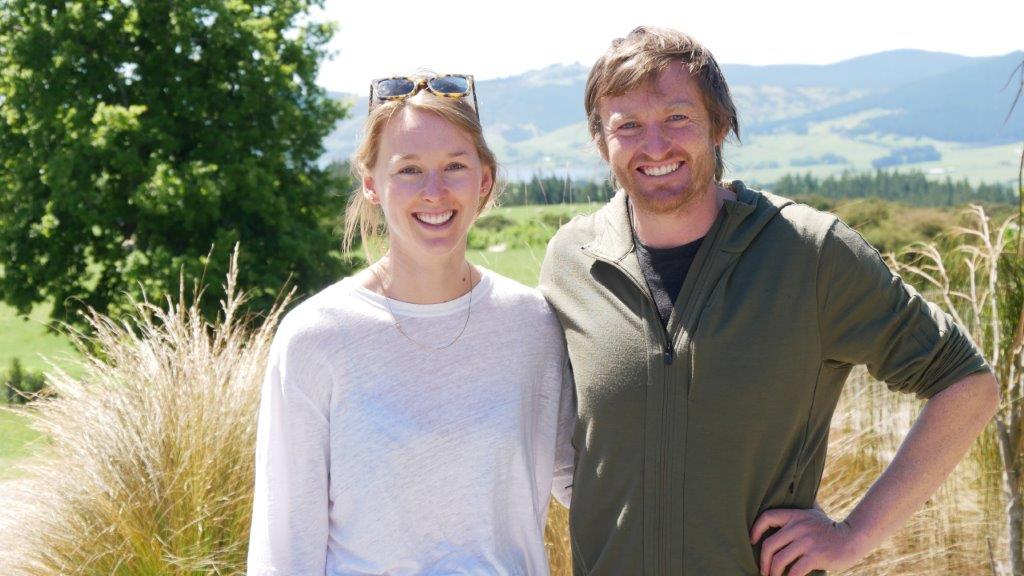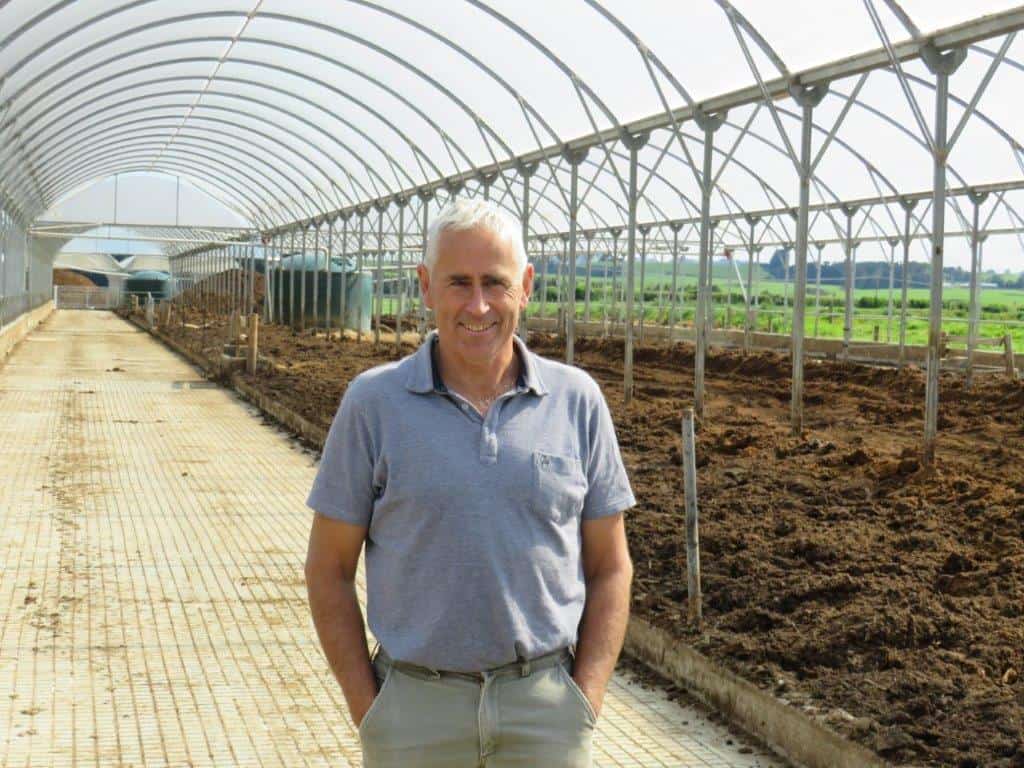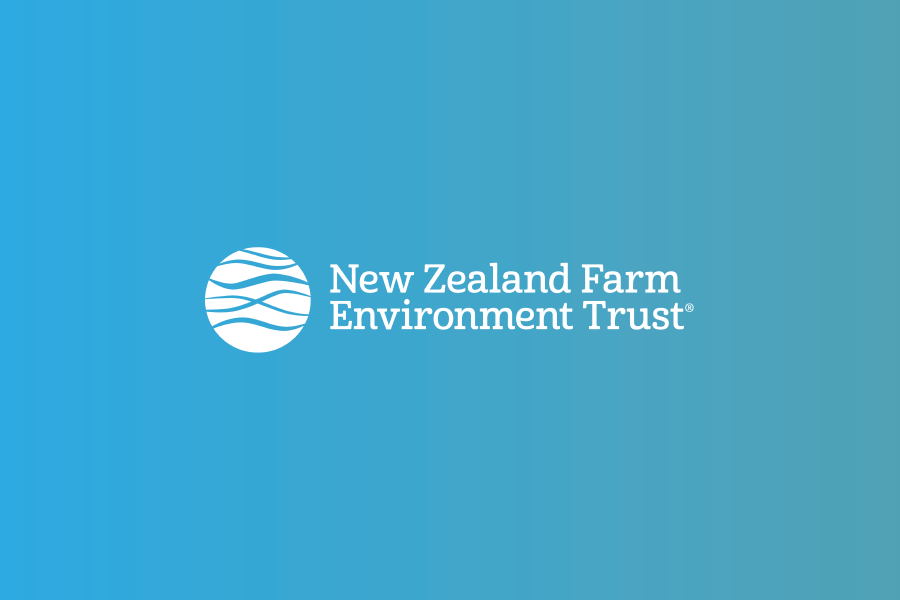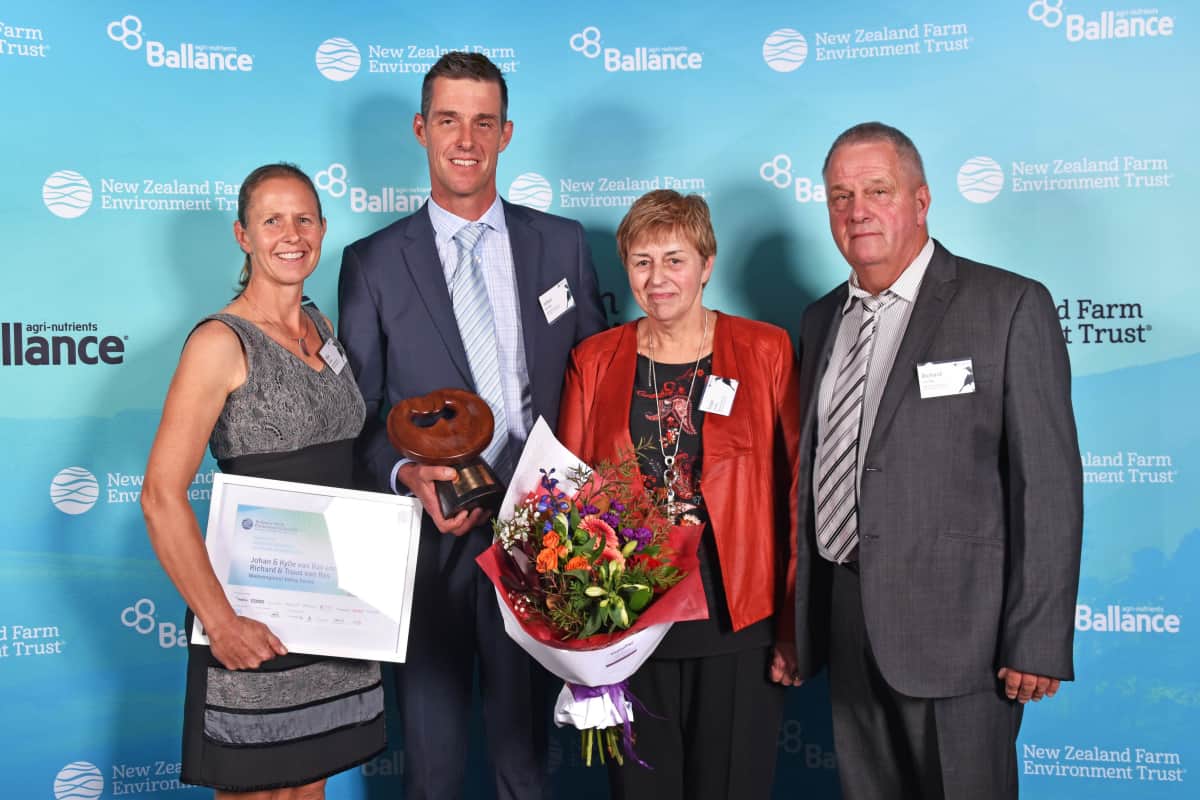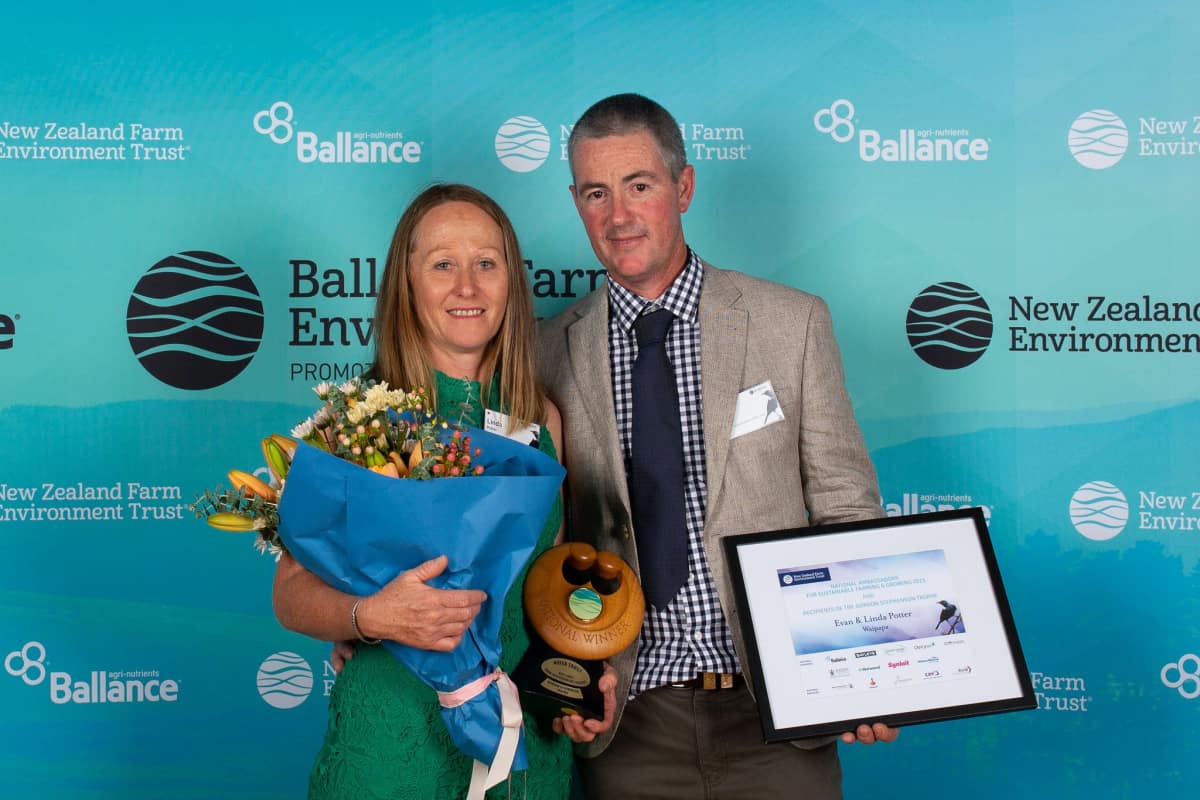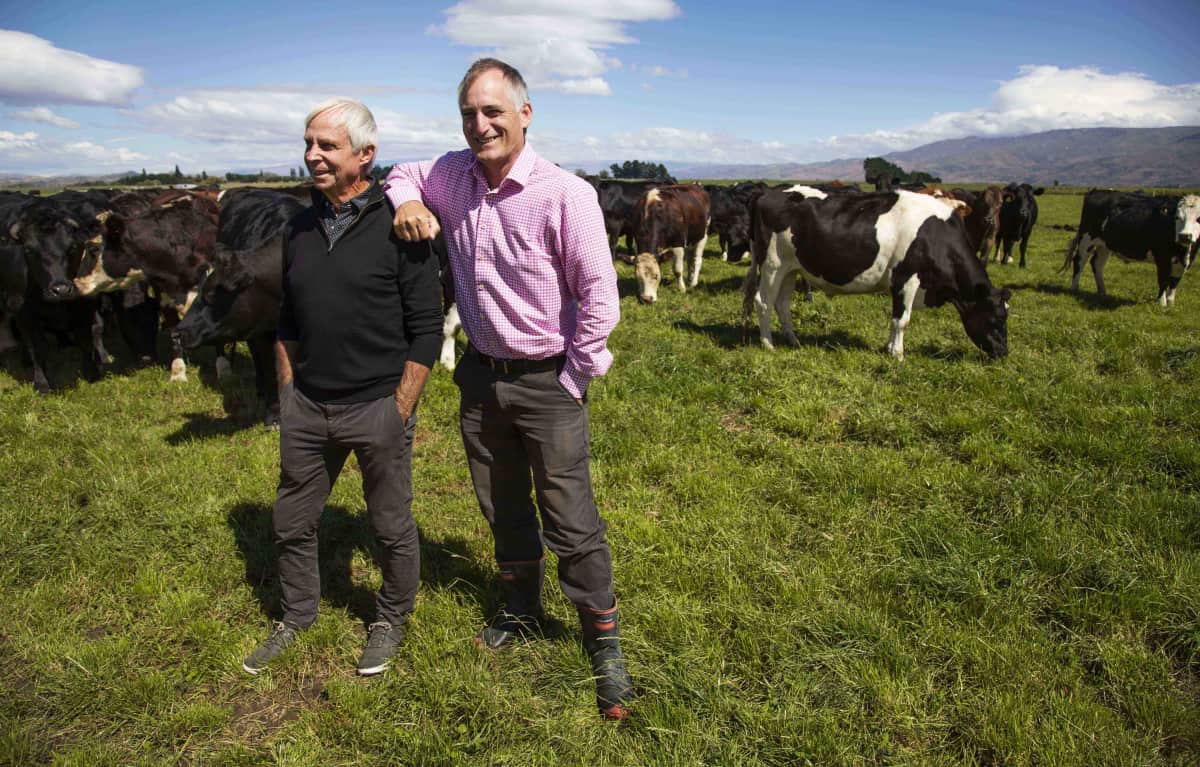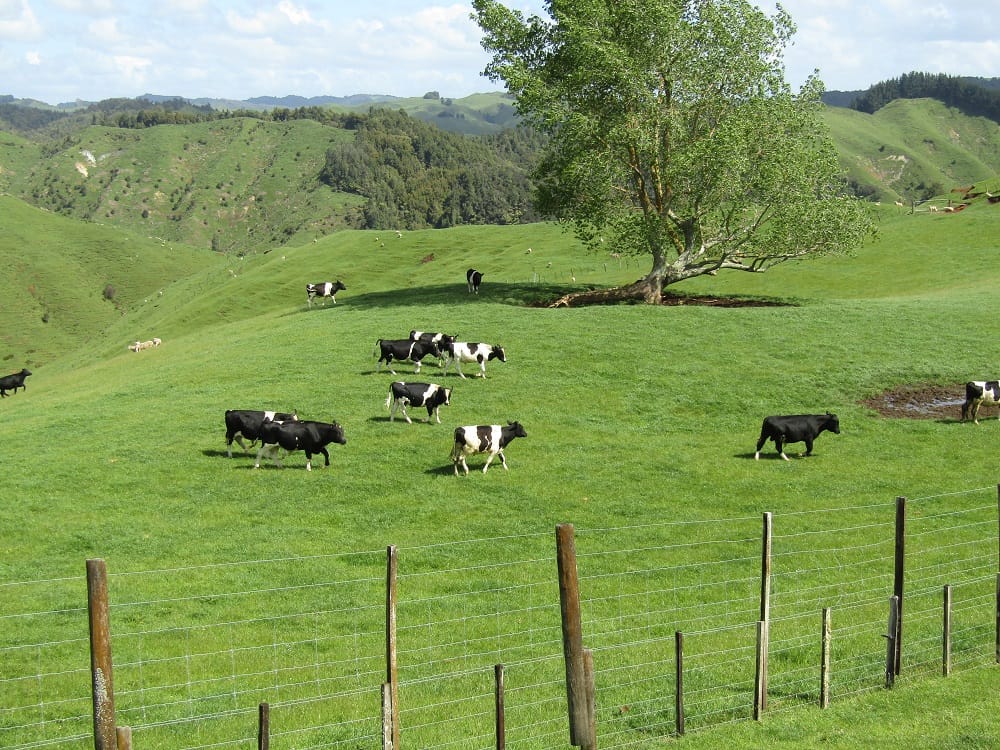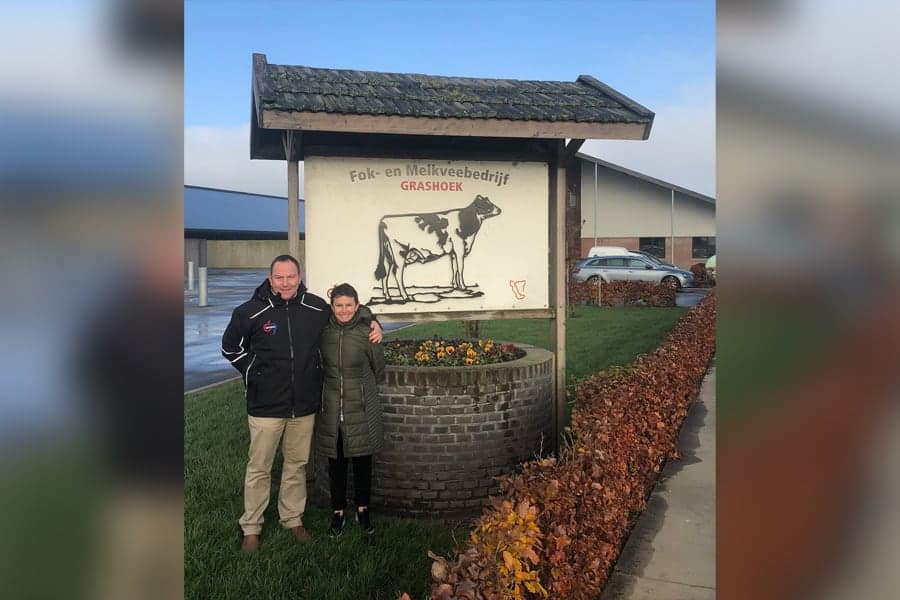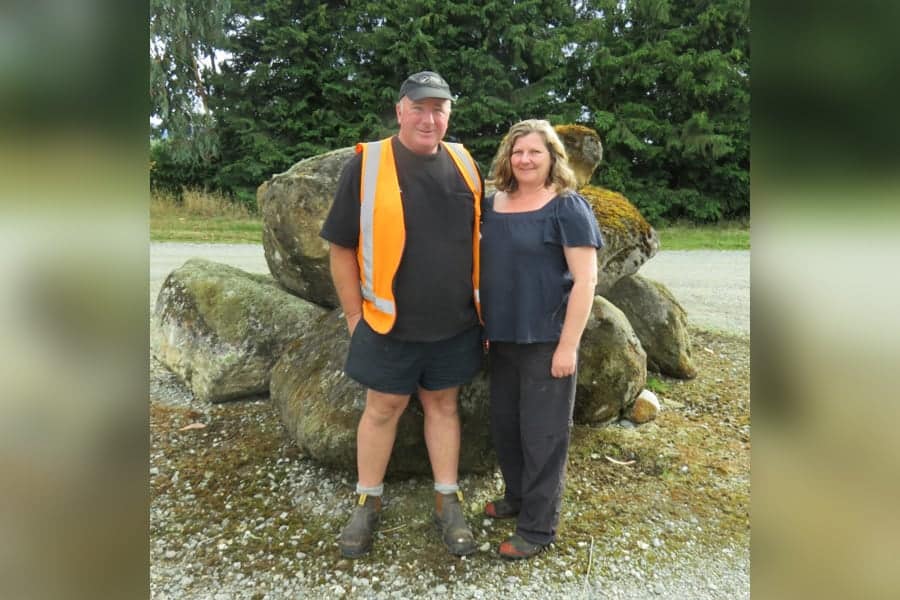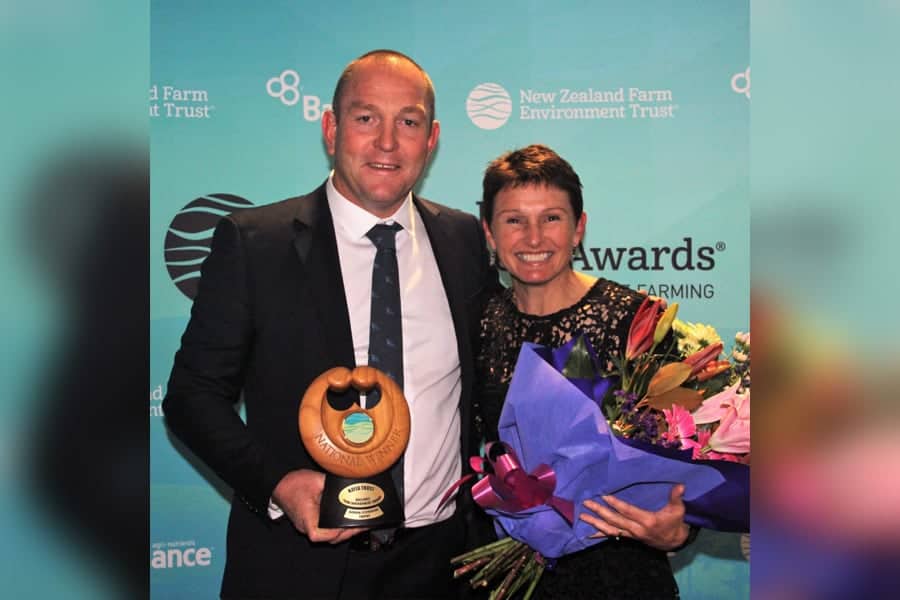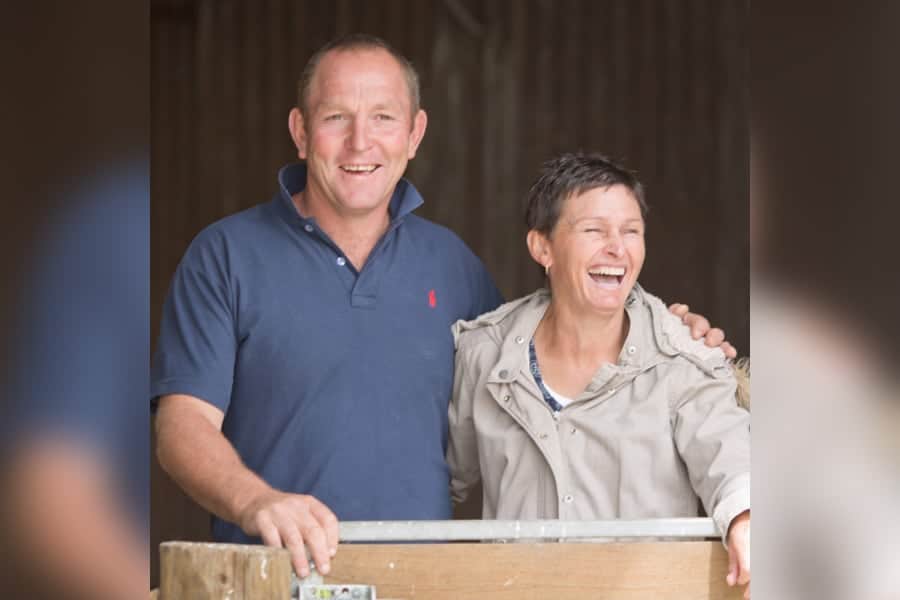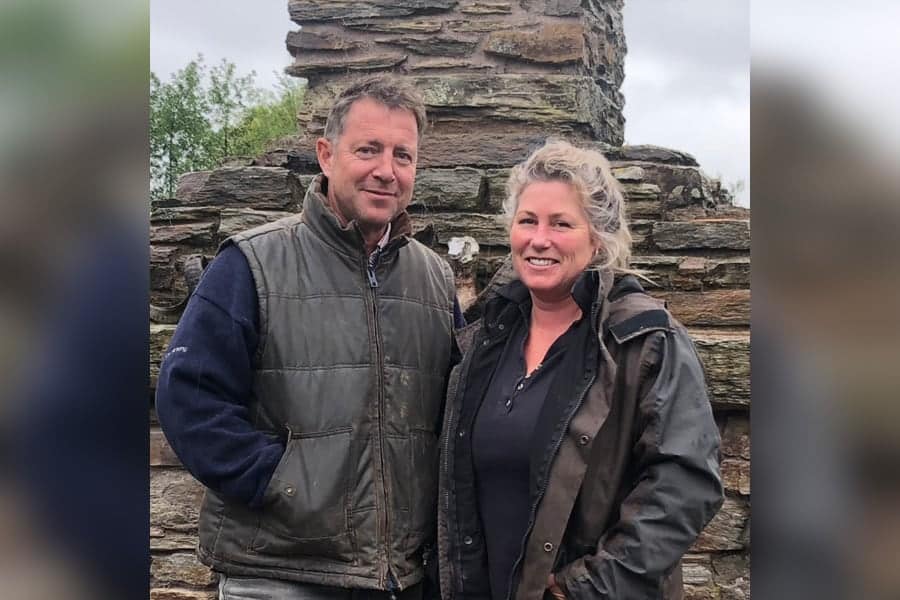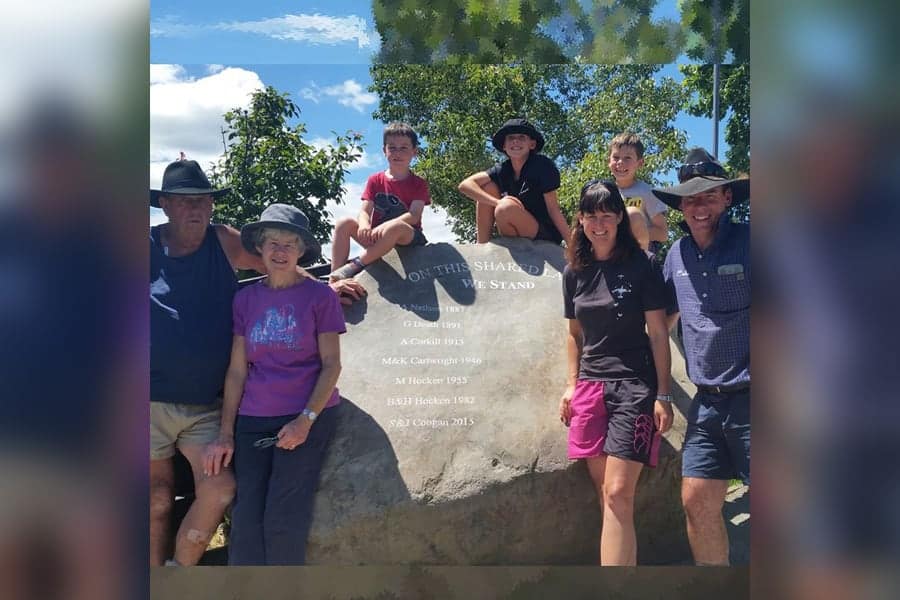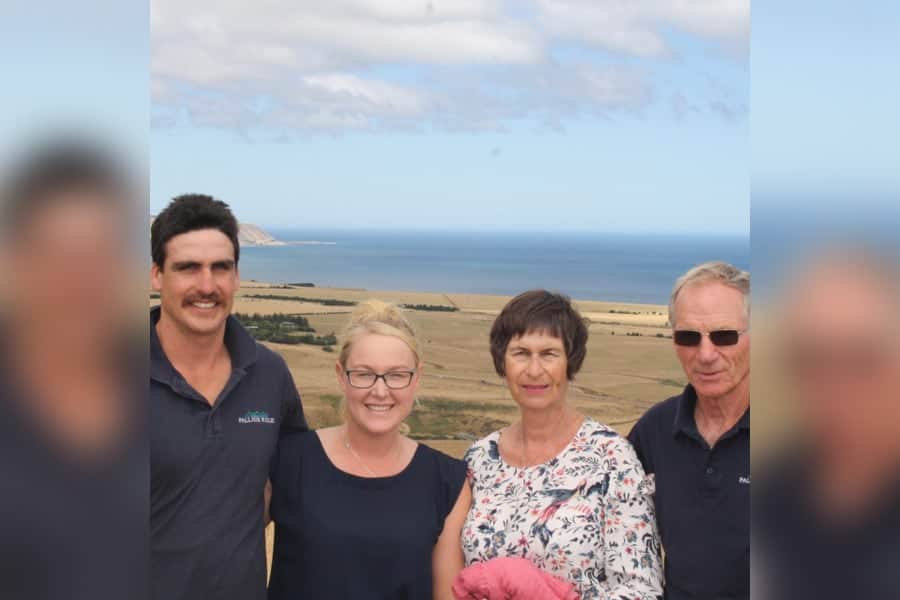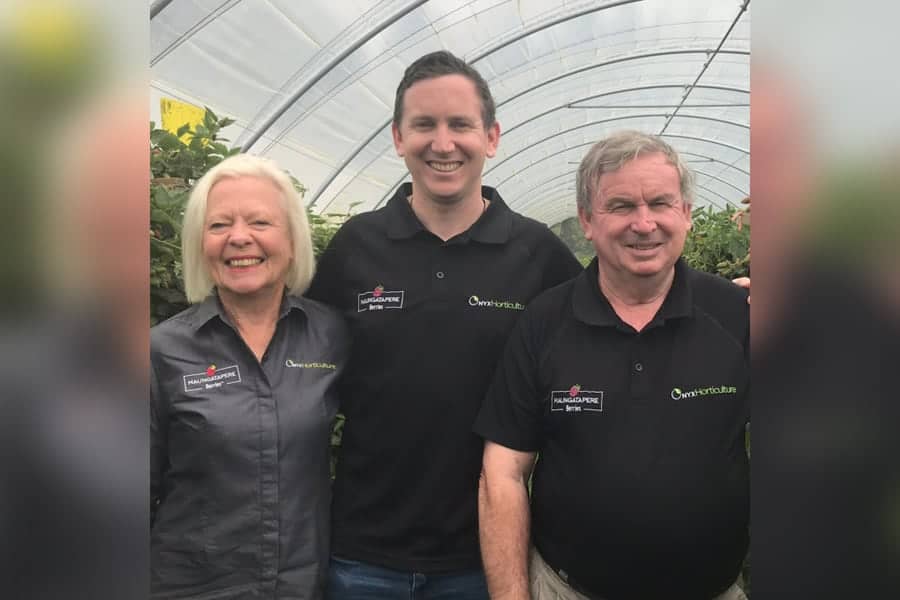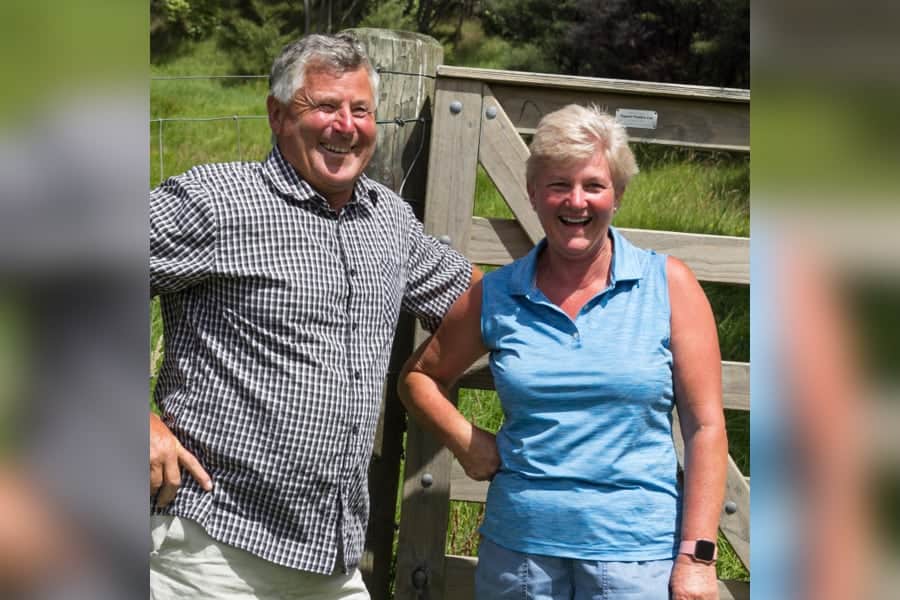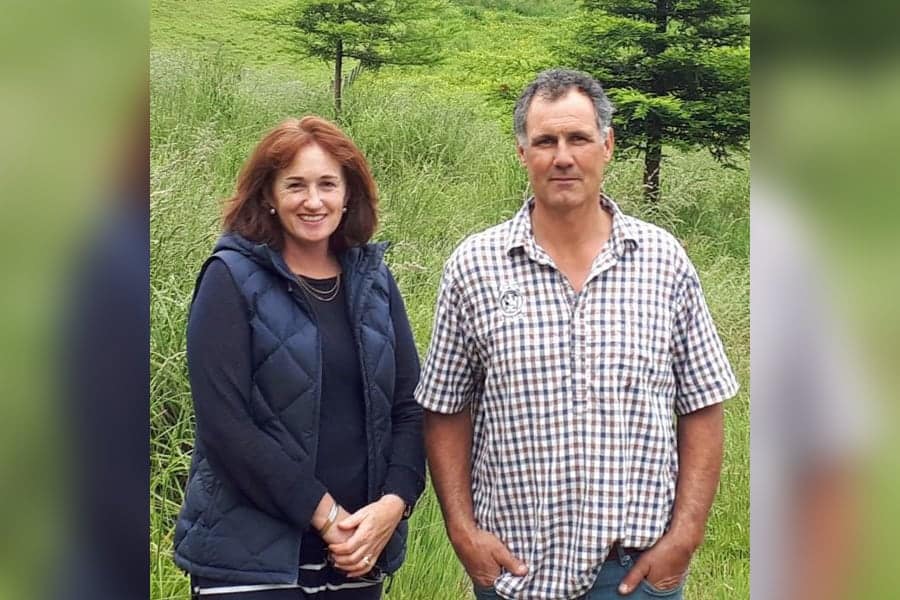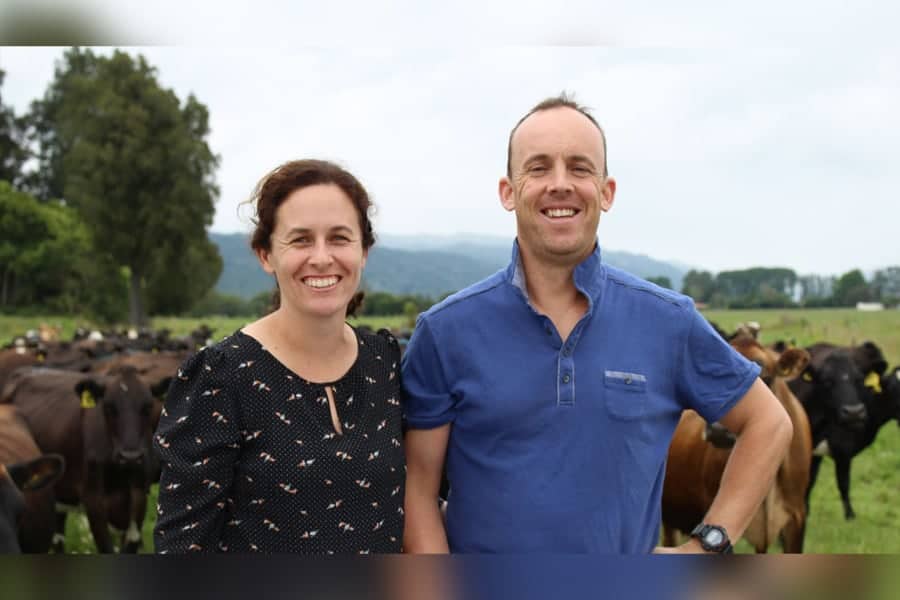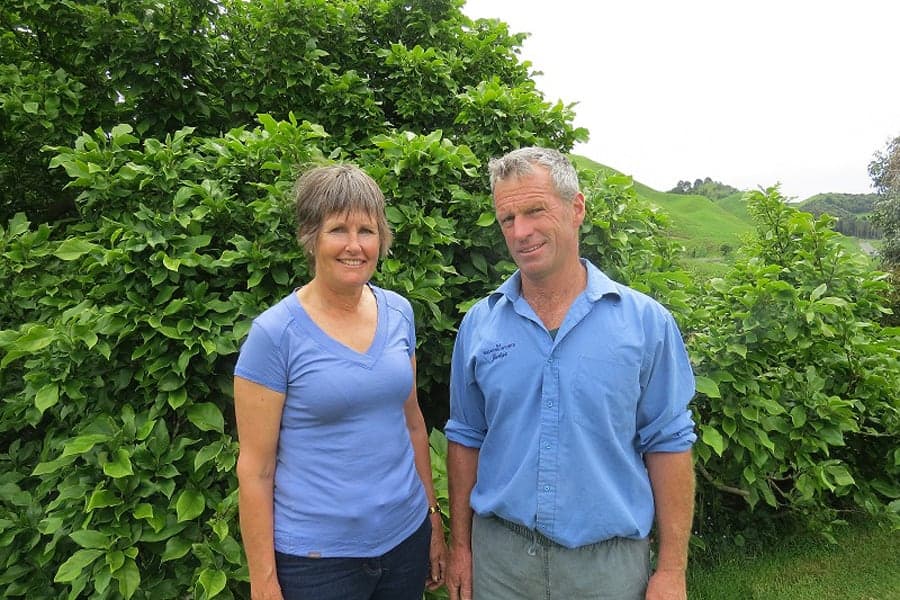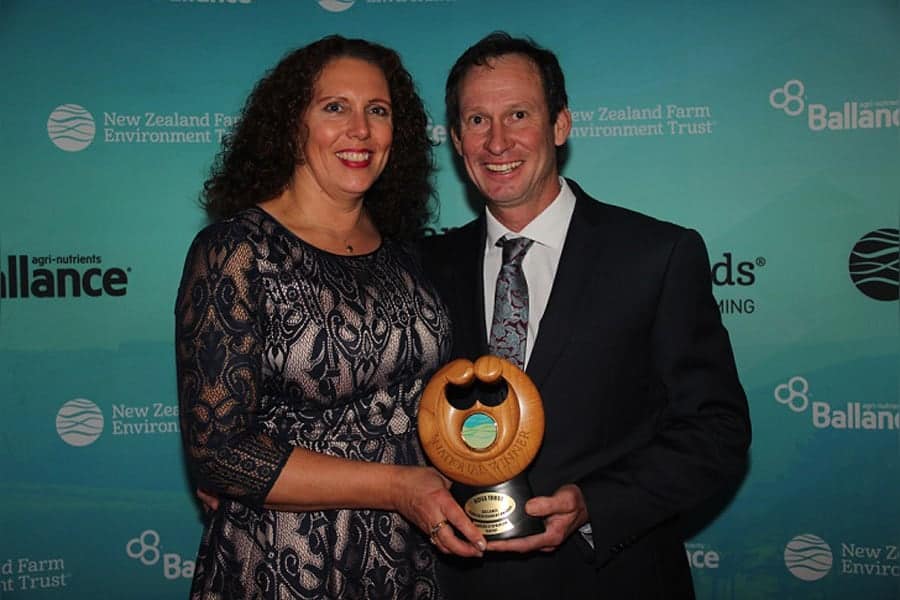A meticulously planned cropping programme is crucial to the success of Landcorp’s Rangitaiki Station on the Napier-Taupo highway.
Totalling almost 9,700ha, the Central Plateau sheep, beef, deer, dairy grazing and forestry farm grows significant areas of crop to lift livestock production in challenging climatic conditions.
Crops grown this year include over 600ha of swedes, kale and fodder beet for winter feeding. A combination of pasja and cordura ryegrass is sown for summer lamb finishing, and the station harvests 700ha of pasture silage and 30ha of lucerne annually.
Rangitaiki employs 20 permanent staff and carries around 19,000 deer, over 28,000 sheep and 1500 beef cattle. It also runs 1100 dairy heifers and winters up to 1200 dairy cows (500 this year).
Farm Business Manager Ross Shepherd says a reliable cropping regime keeps the station performing during a relatively short growing season.
The Central Plateau soils are young and developing, so cropping is also important for improving the topsoil. But only cultivation techniques that protect the topsoil and soil structure are used.
Planned with the assistance of a full-time Landcorp agronomist, Rangitaiki’s cropping programme impressed judges of the 2012 Bay of Plenty Ballance Farm Environment Awards who awarded the station the Hill Laboratories Harvest Award.
This award recognises farming operations that are predominantly involved in growing crops, (for example; grain, seed, viticulture and horticulture) but also encompasses livestock farmers who demonstrate excellent pasture and soil management. Judging considerations include the effect the farming system has on the land and water resource “currently and in the long term”.
Ballance Farm Environment Award judges praised Rangitaiki’s use of crops “not only for their profitability but also as an on-going contributor to pasture rejuvenation and soil development”. Crops such as potatoes play a role in the latter.
Judges also noted the use of professional agronomic advice “to make sure optimum decisions are always taken”.
Ross Shepherd says the station has a strong focus on environmental sustainability and is three years into a 10-year environmental plan. This plan is running ahead of schedule, with 90% of the work completed, including the retirement and fencing of 12 areas under the QEII National Trust scheme.
He says entering the Ballance Farm Environment Awards gave the station an opportunity to demonstrate “that you can farm both profitably and sustainably on a large scale”.
As well as the Hill Laboratories Harvest Award the station also collected the Beef+Lamb New Zealand Livestock Farm Award.
Ross says participating in the competition was a rewarding experience for the station and its staff.
“It made us reflect on what has been done over the last ten years, and I think we all have a sense of pride in what has been achieved.”
The judging process was a particularly good exercise for Rangitaiki’s management crew.
“It was great for our team members to stand up in front of five judges and talk about their side of the business.”
Winning two awards was welcome recognition for the effort the team has put in, Ross says.
“Our business is always improving. Now that most of our sustainability systems are in place it’s a matter of fine-tuning these systems as new technologies come through and as environmental regulations change.”
Ross says he would certainly recommend the competition to other farming operations.
Entries for the 2013 Bay of Plenty Ballance Farm Environment Awards are now open and entry forms can be downloaded from the New Zealand Farm Environment Trust website at www.nzfeatrust.org.nz
For more information on the Ballance Farm Environment Awards, contact David Natzke, General Manager, New Zealand Farm Environment Trust, phone 07 834 0400, emaildavid.natzke@nzfeatrust.org.nz.
or visit web www.bfea.org.nz



